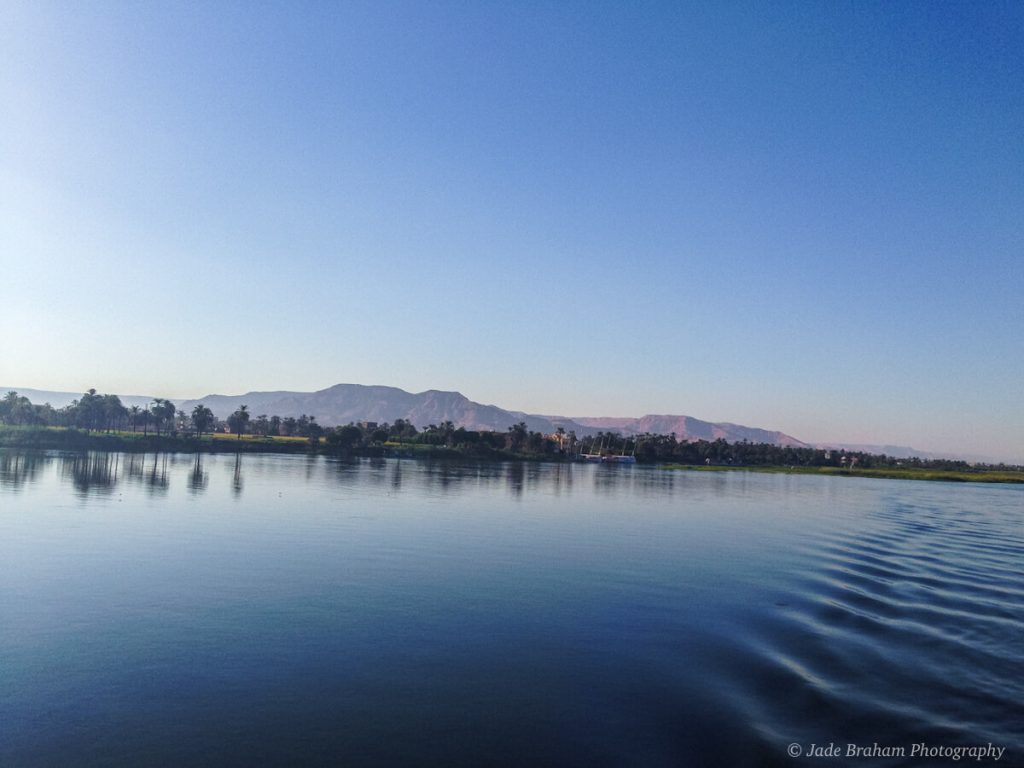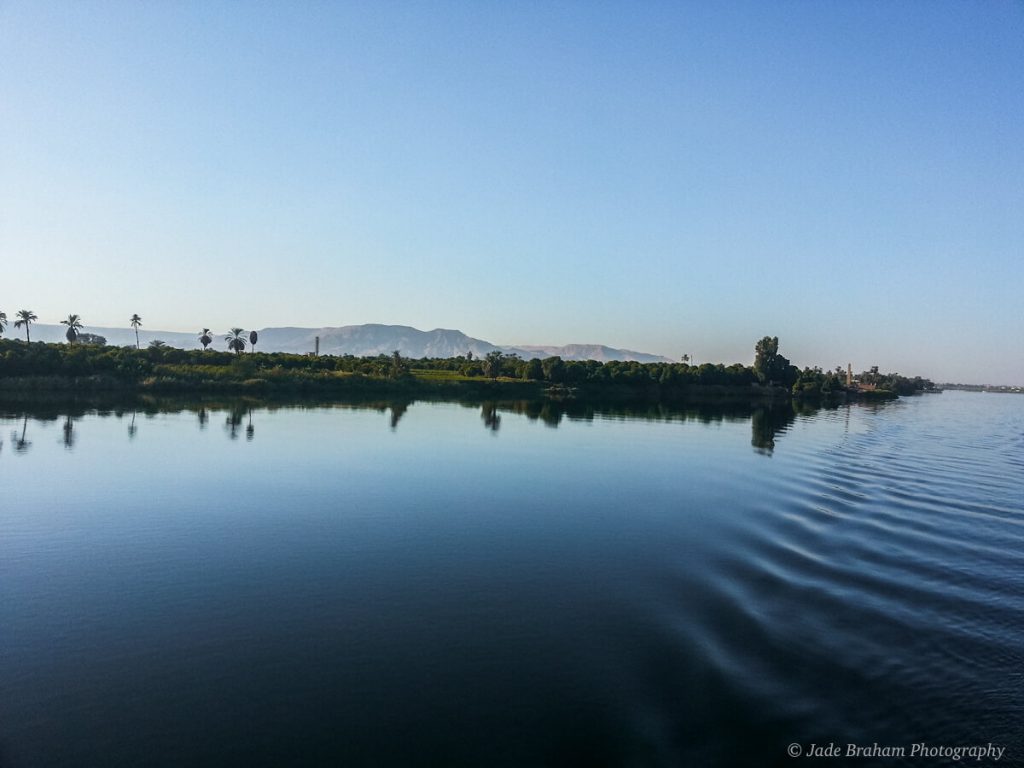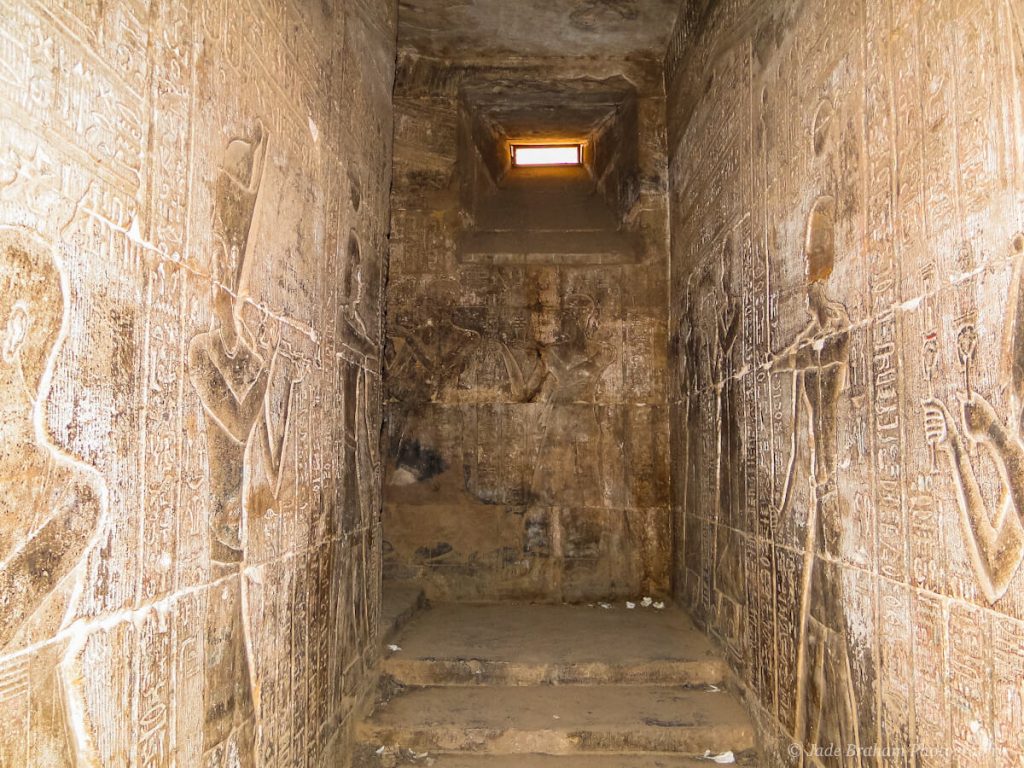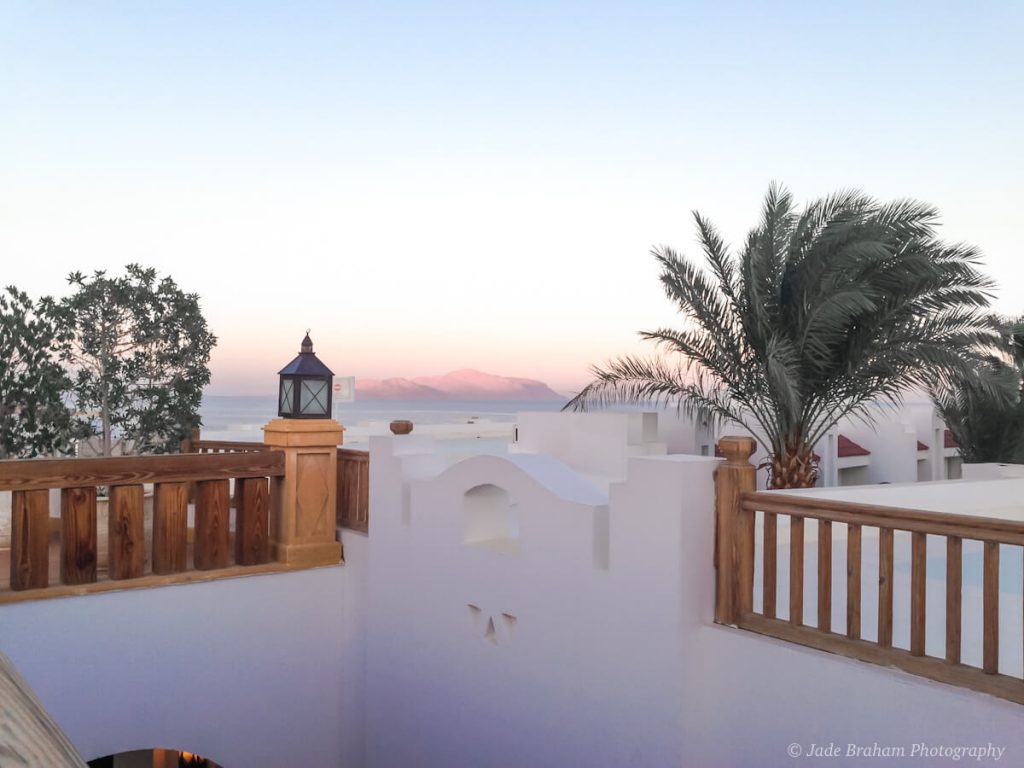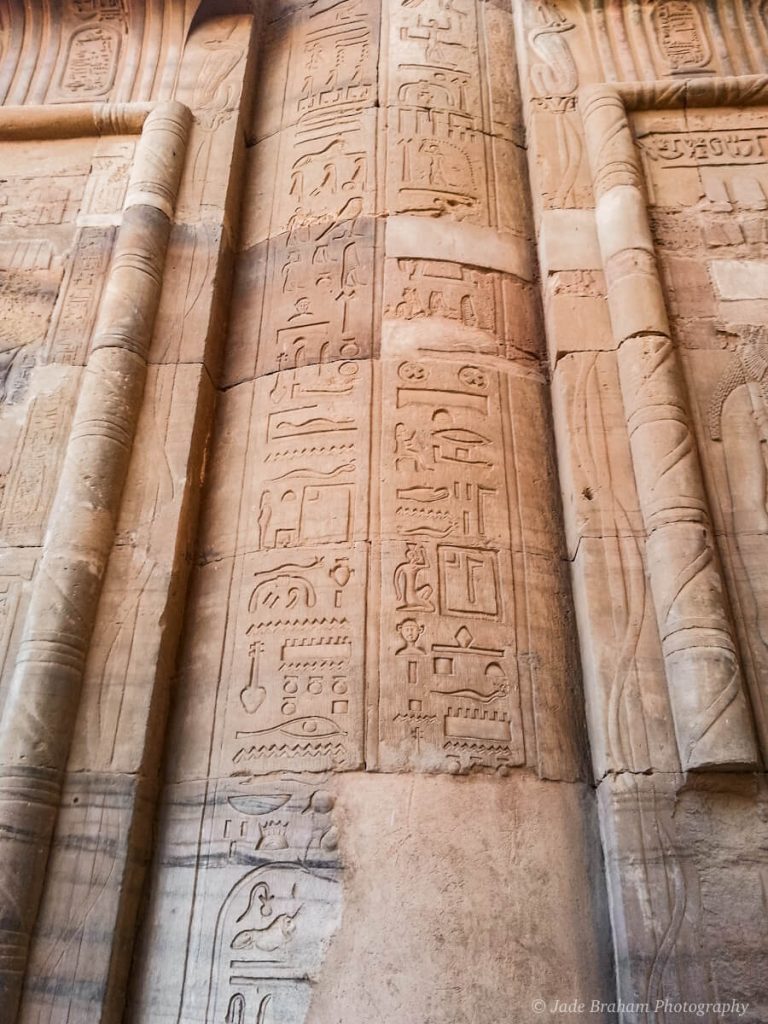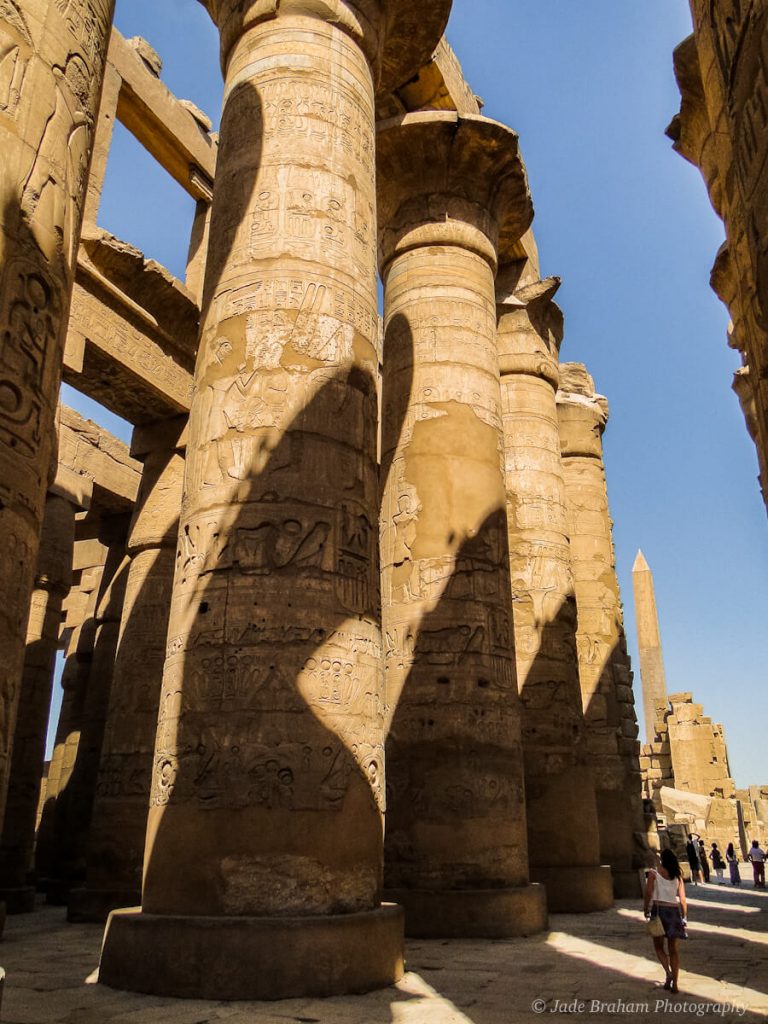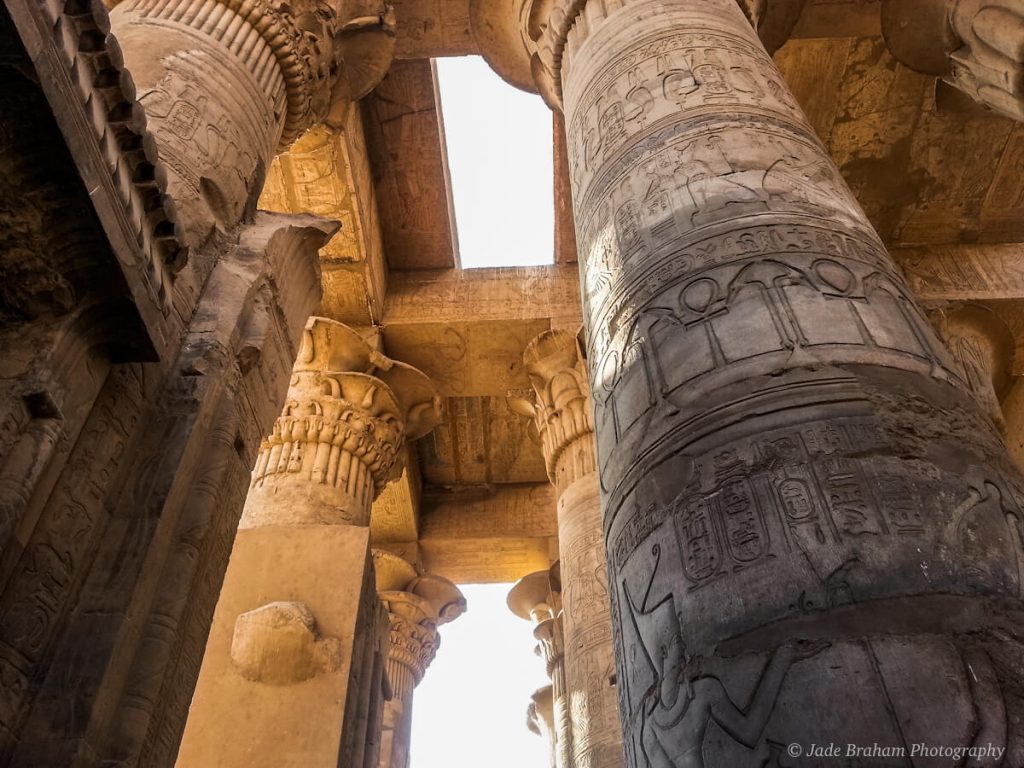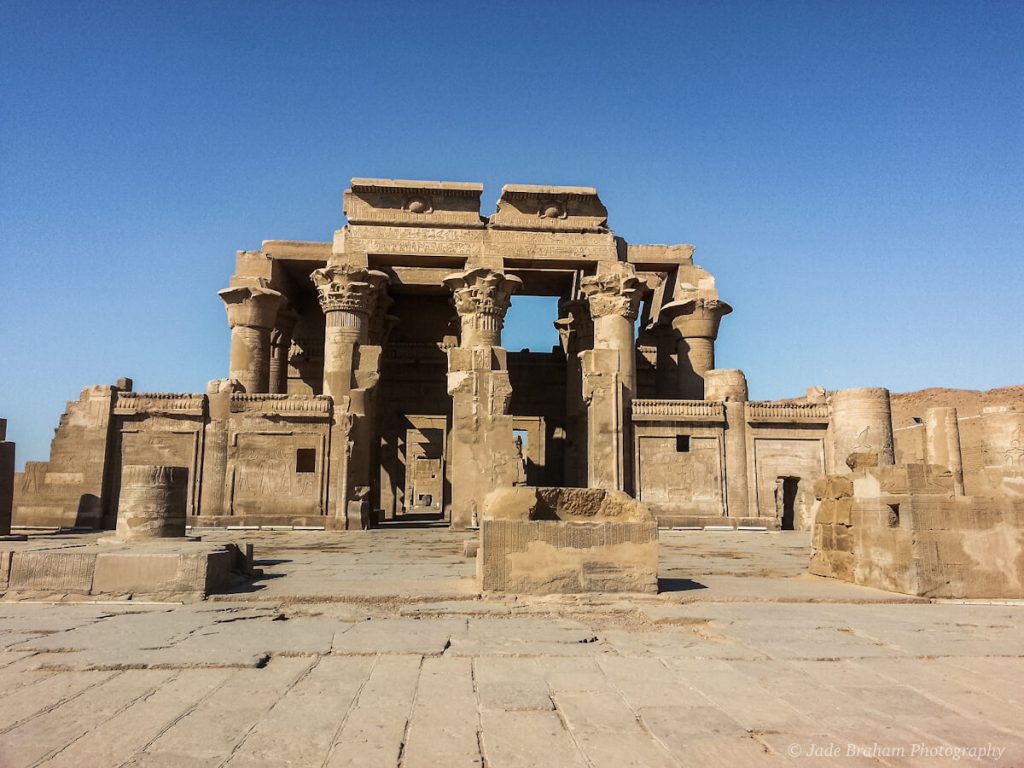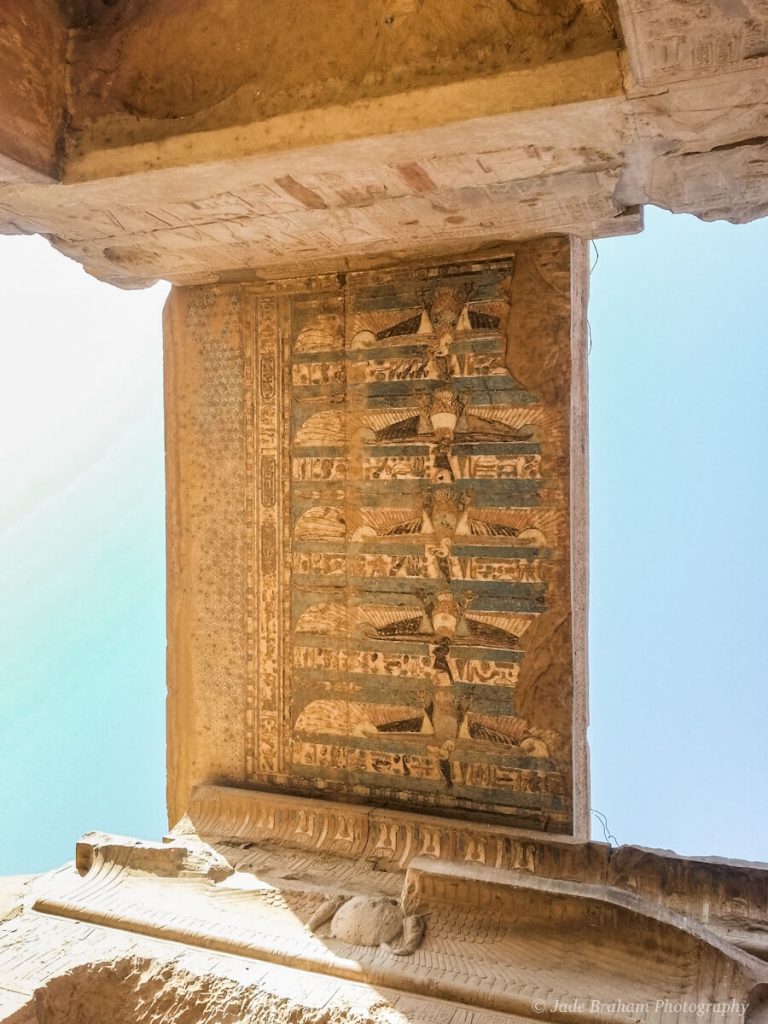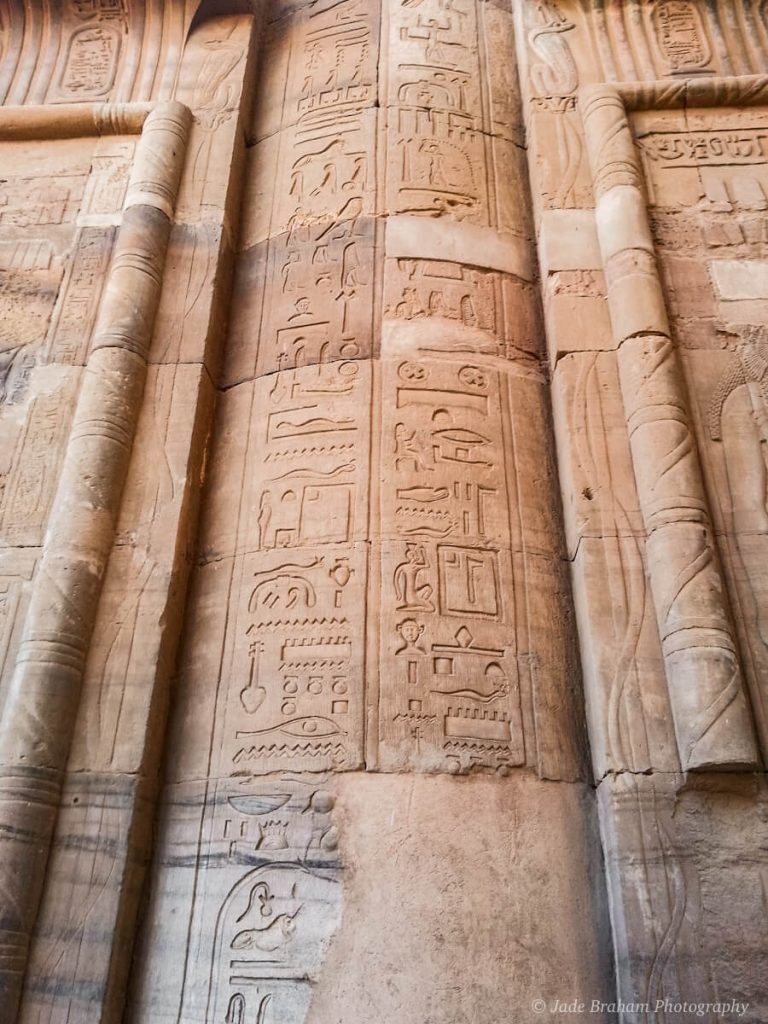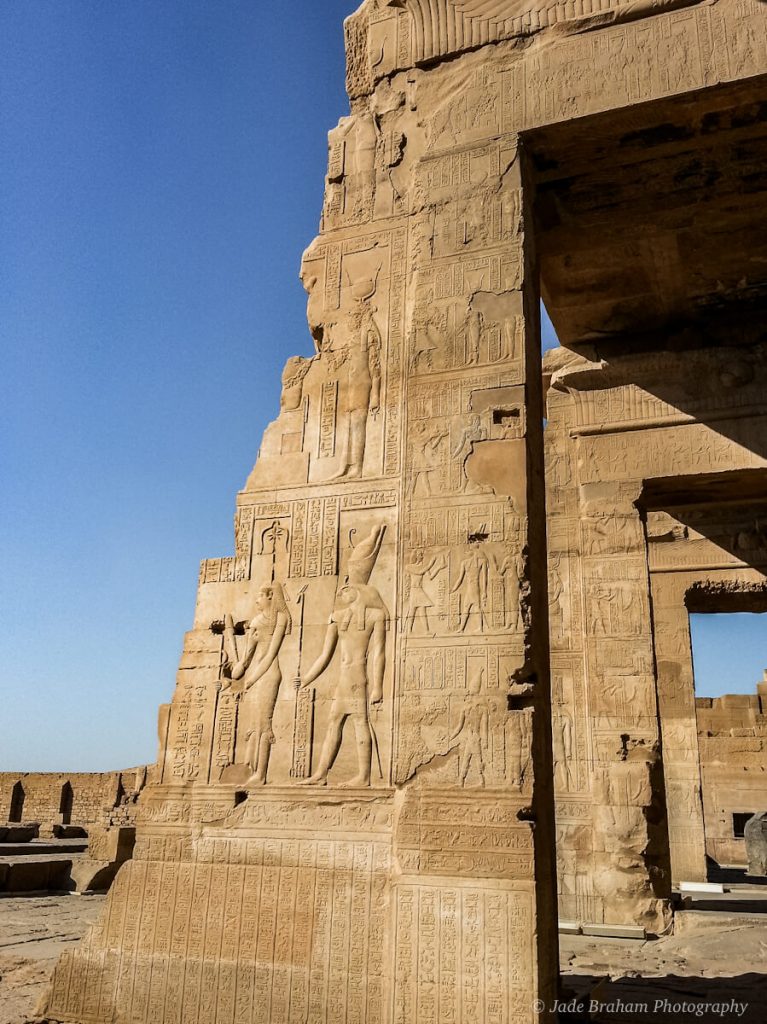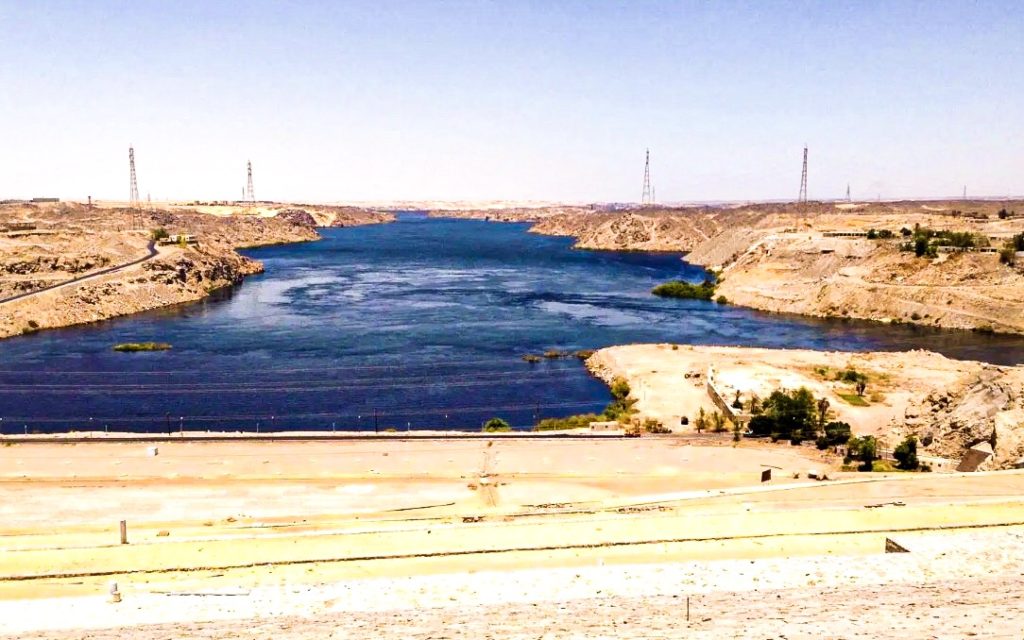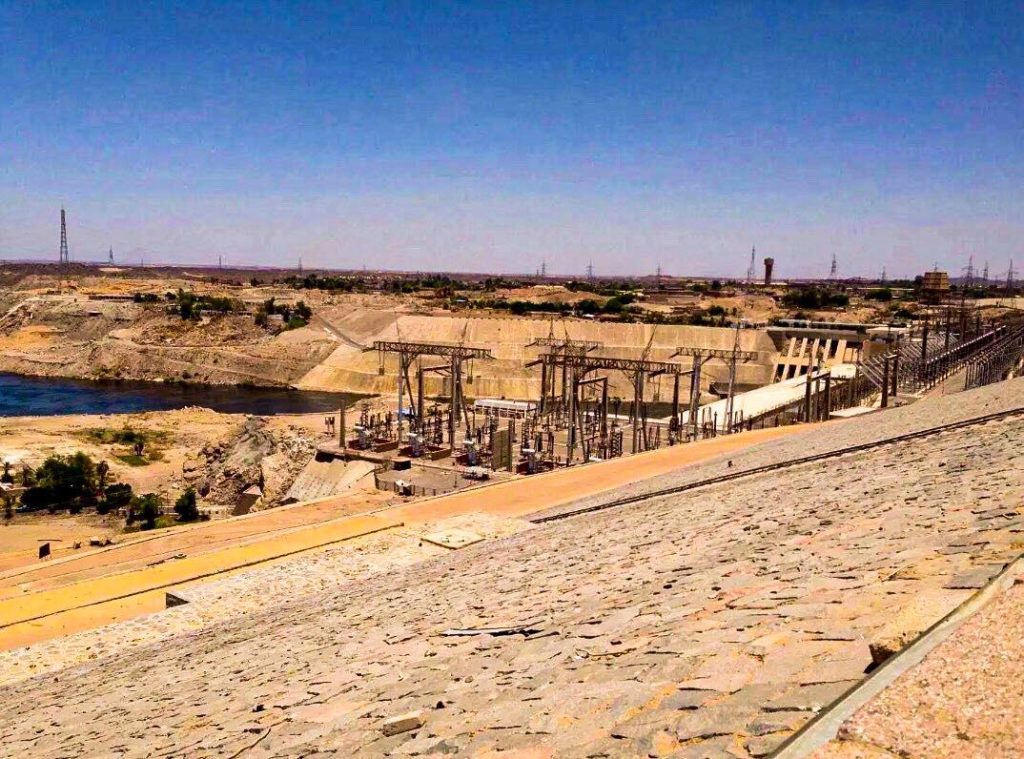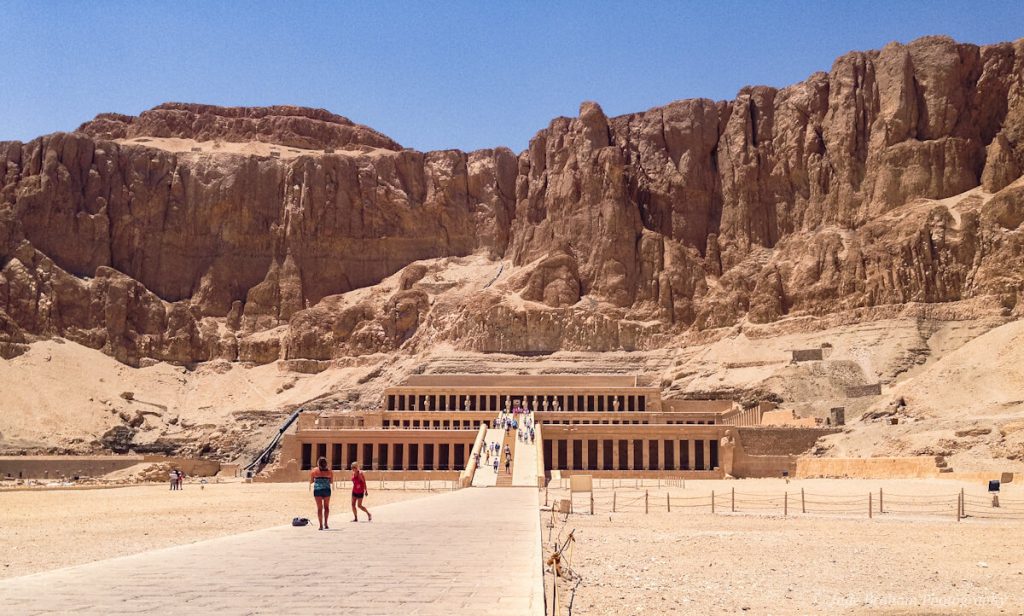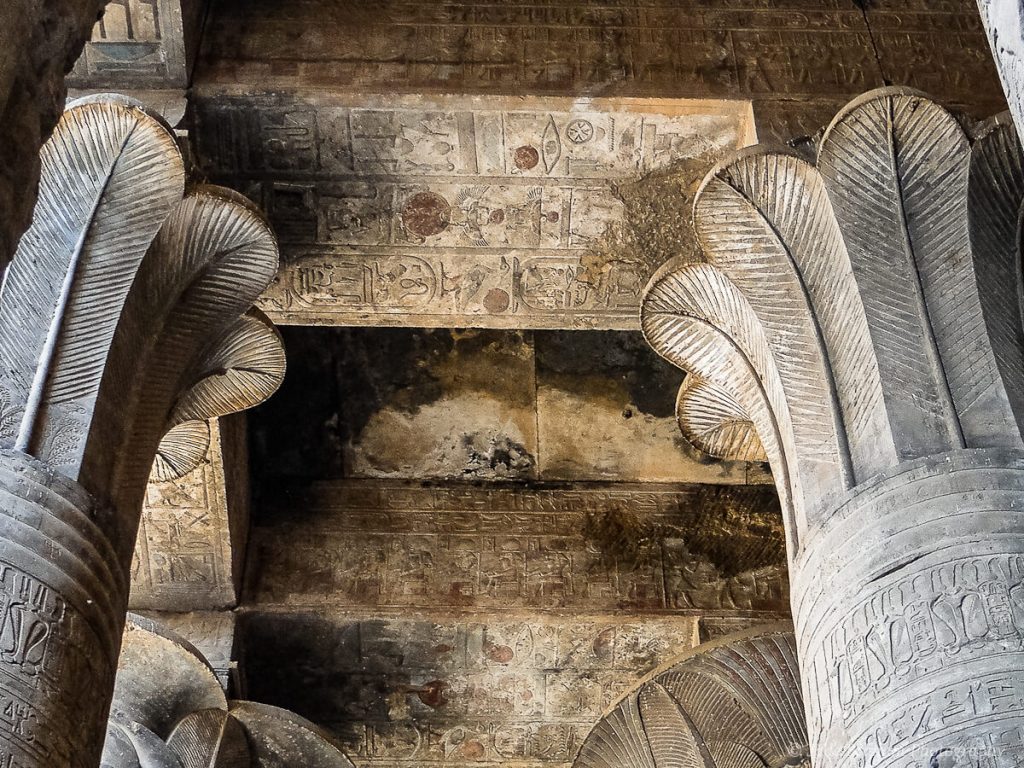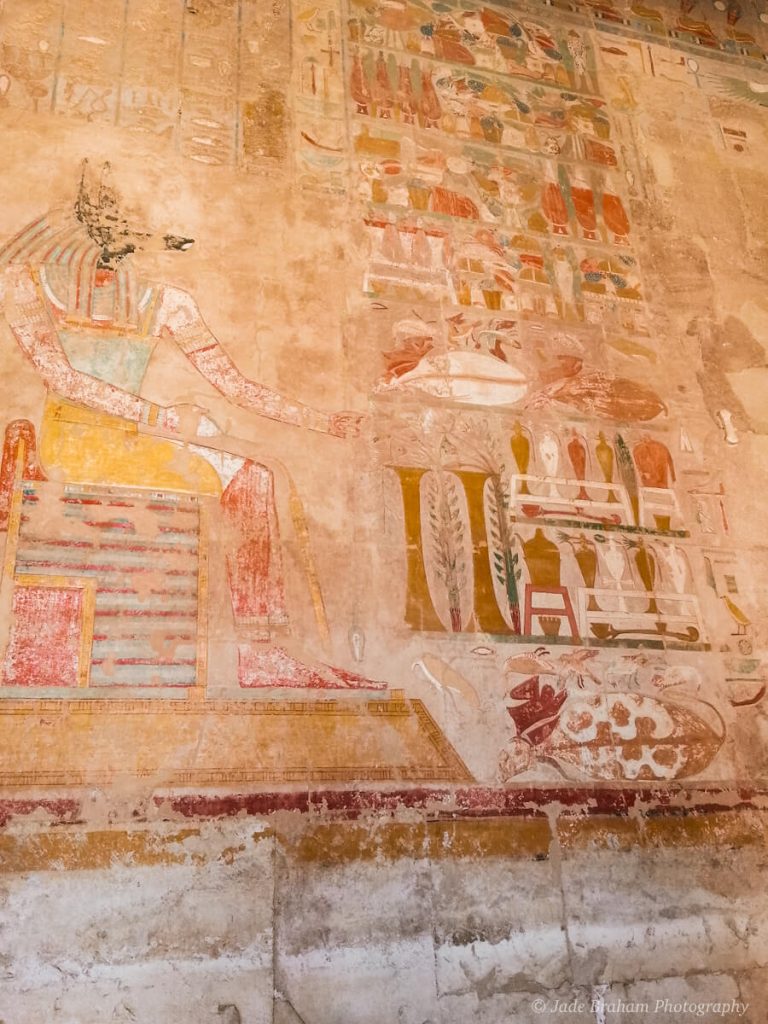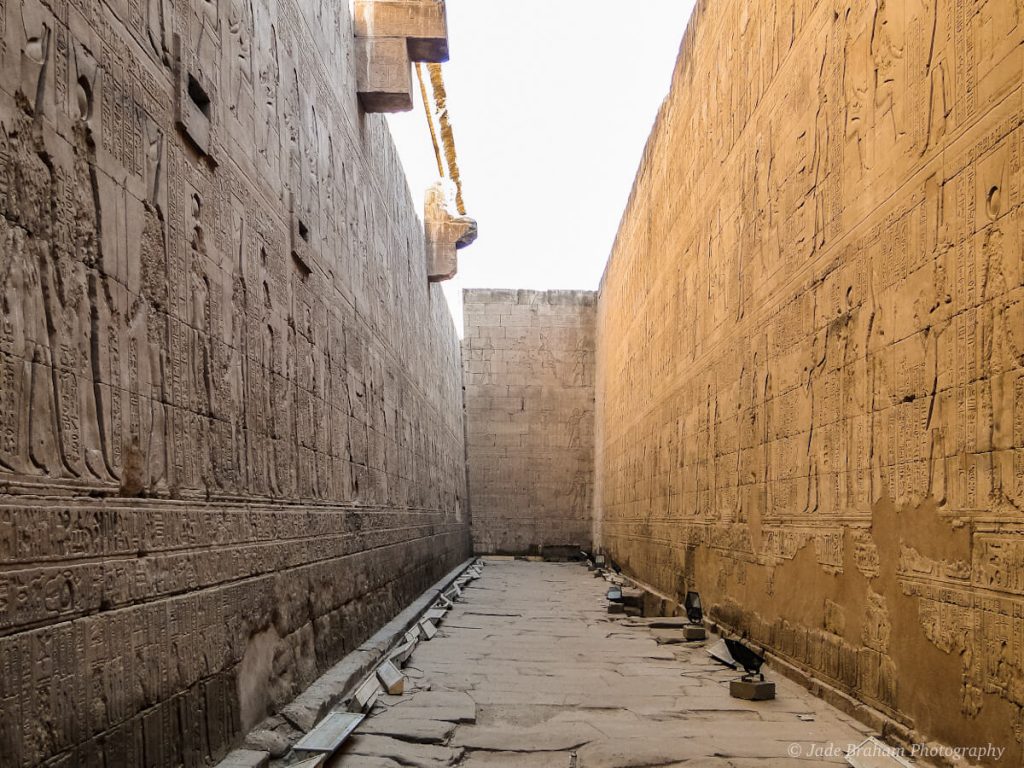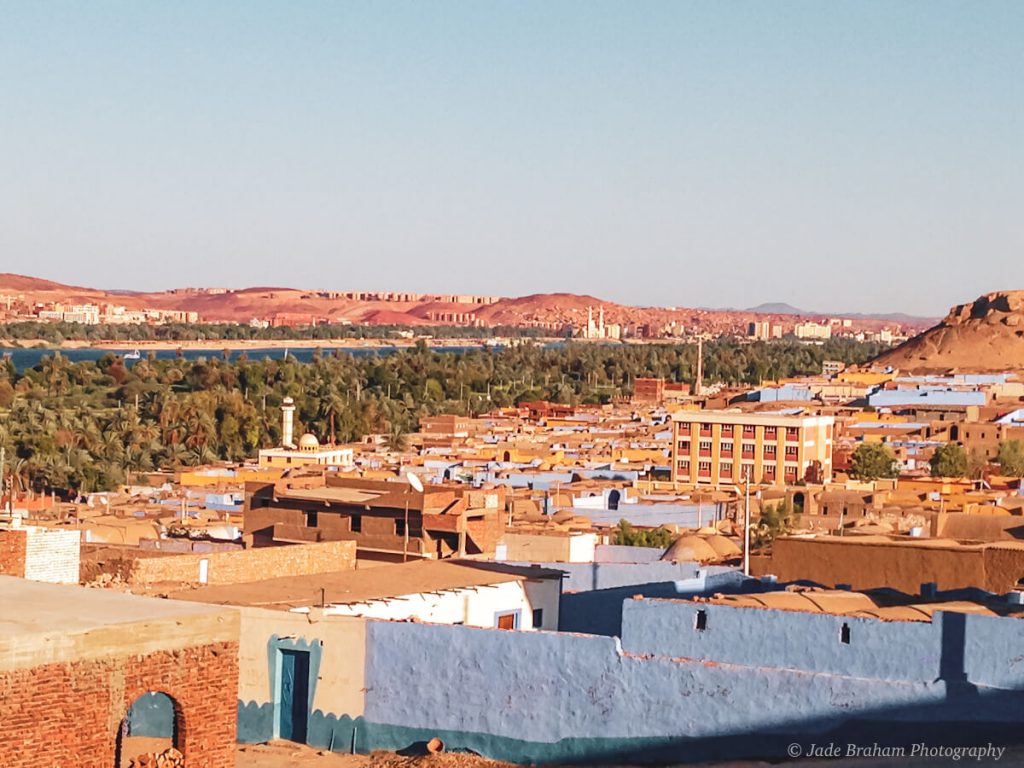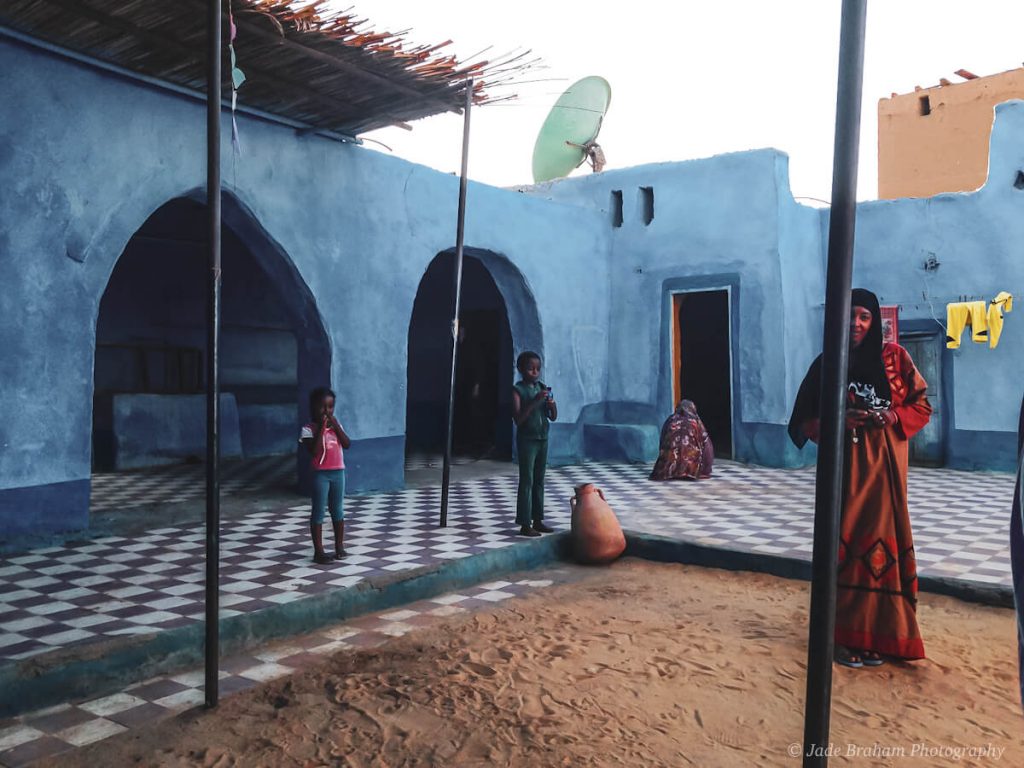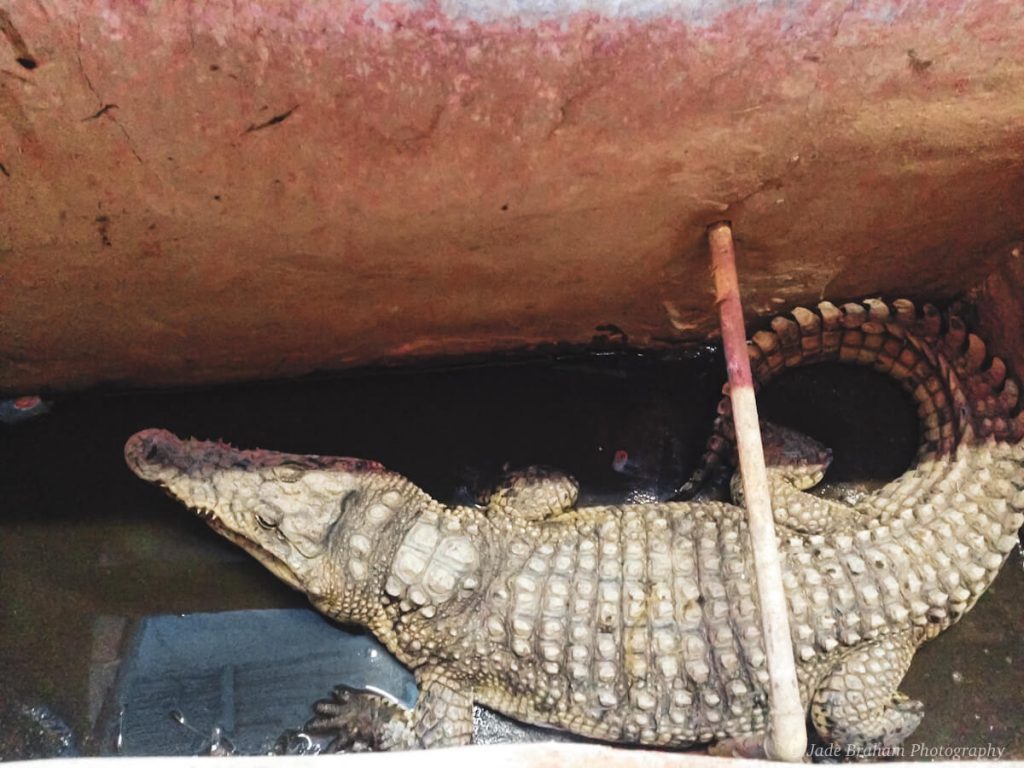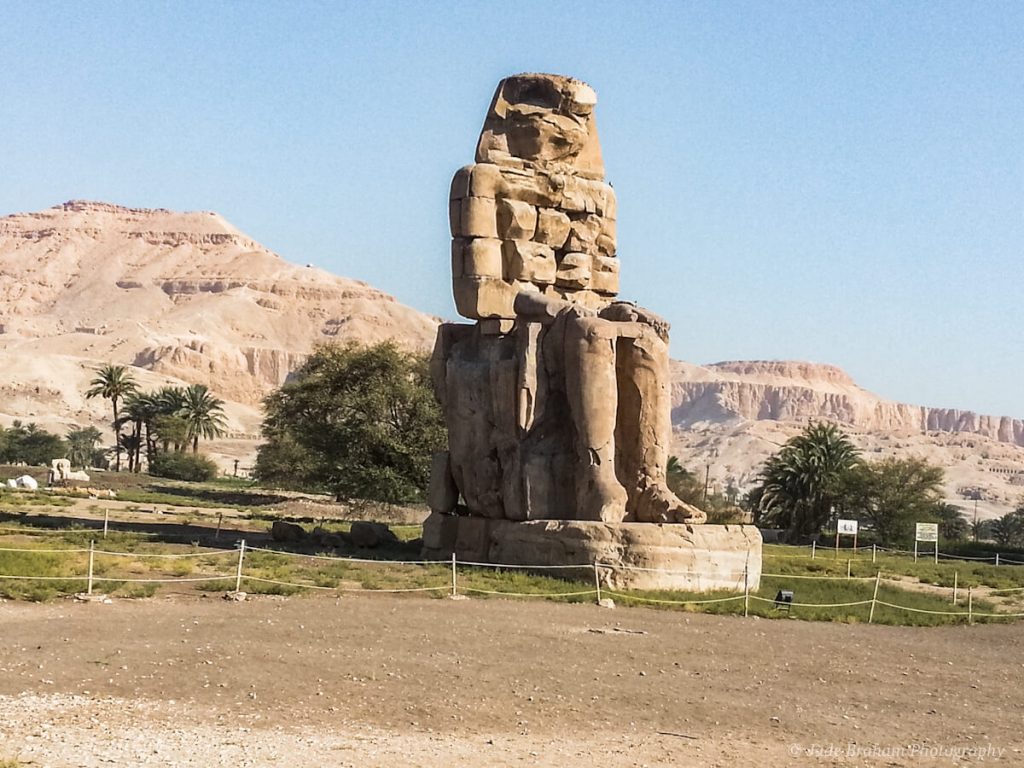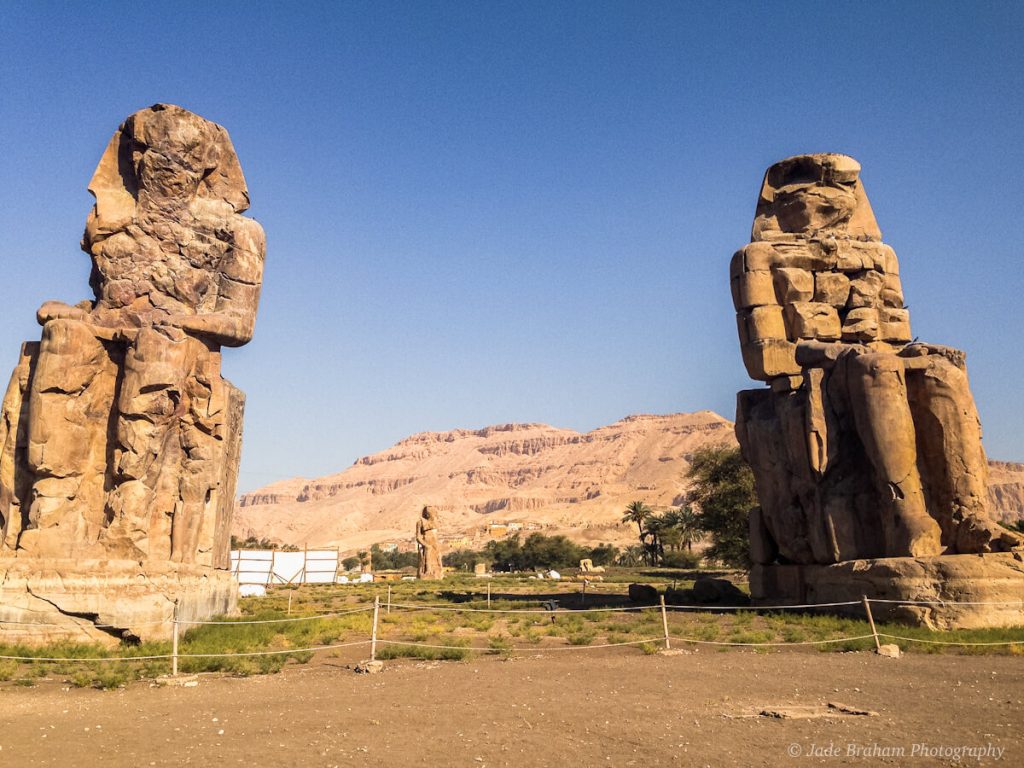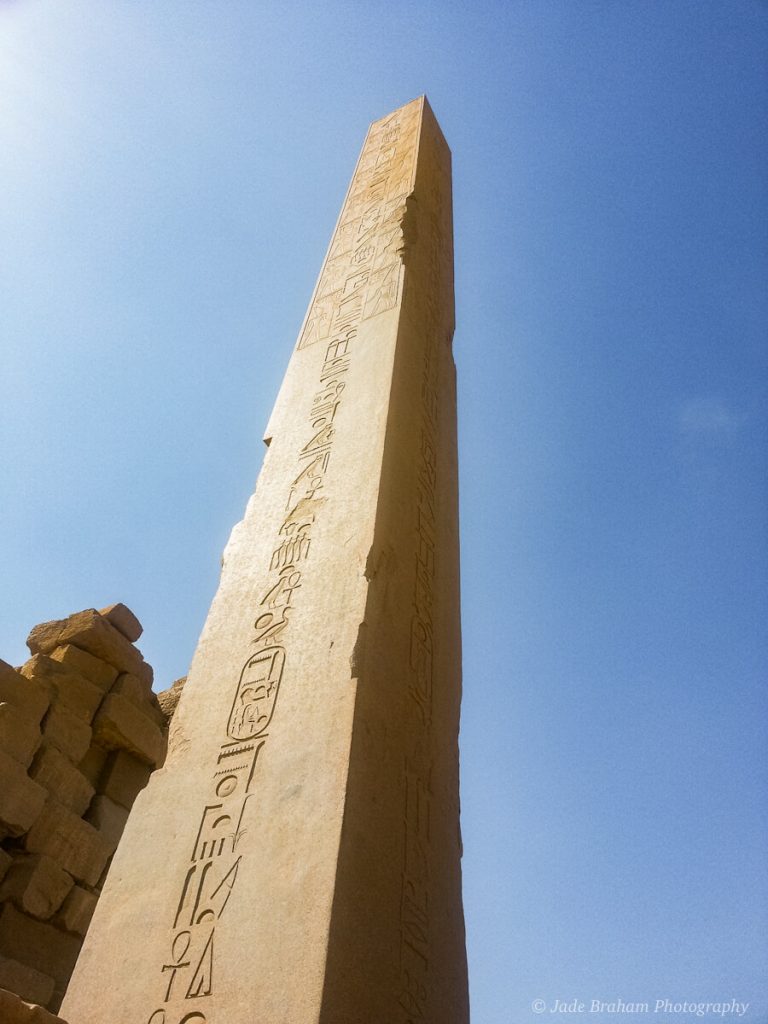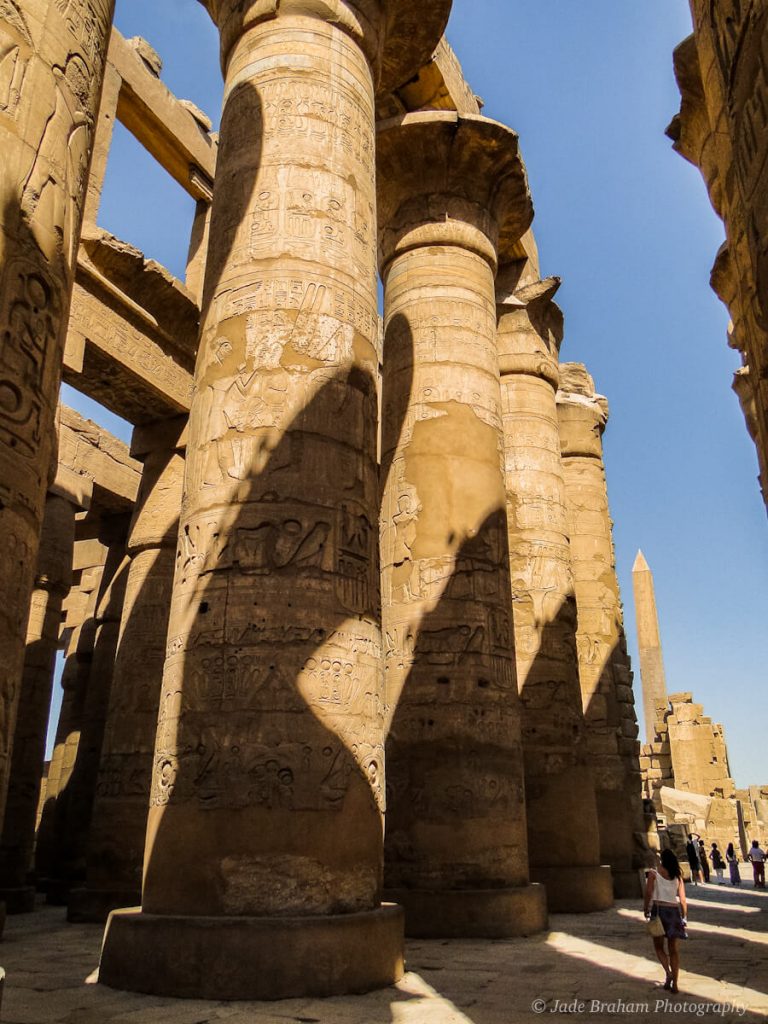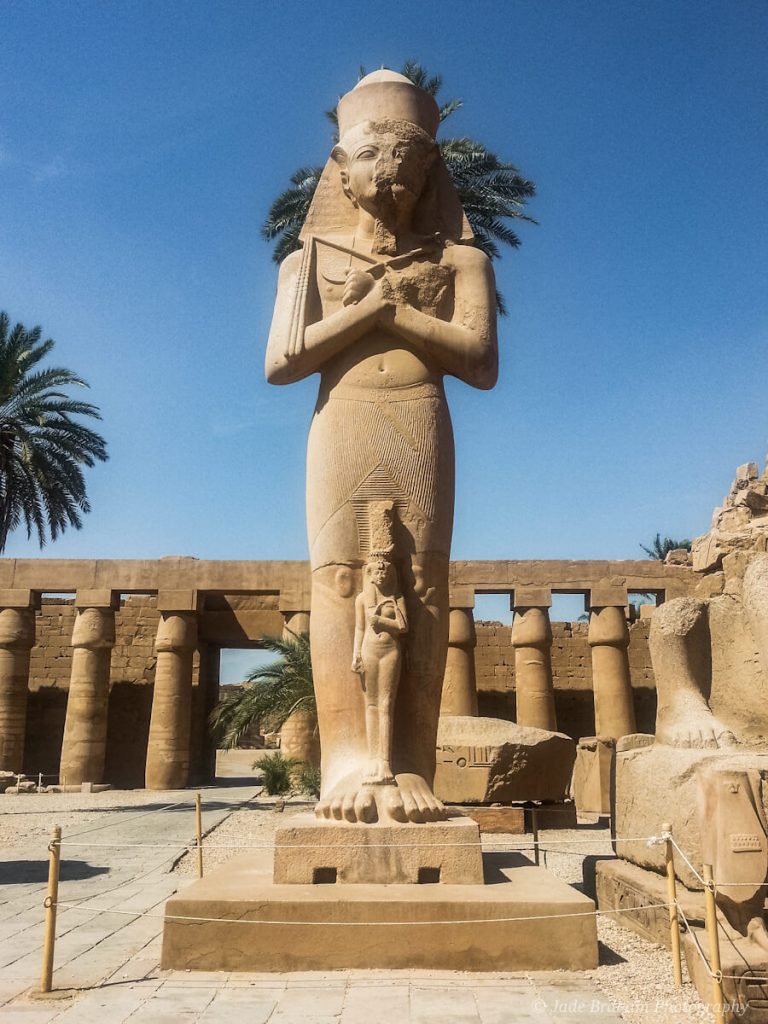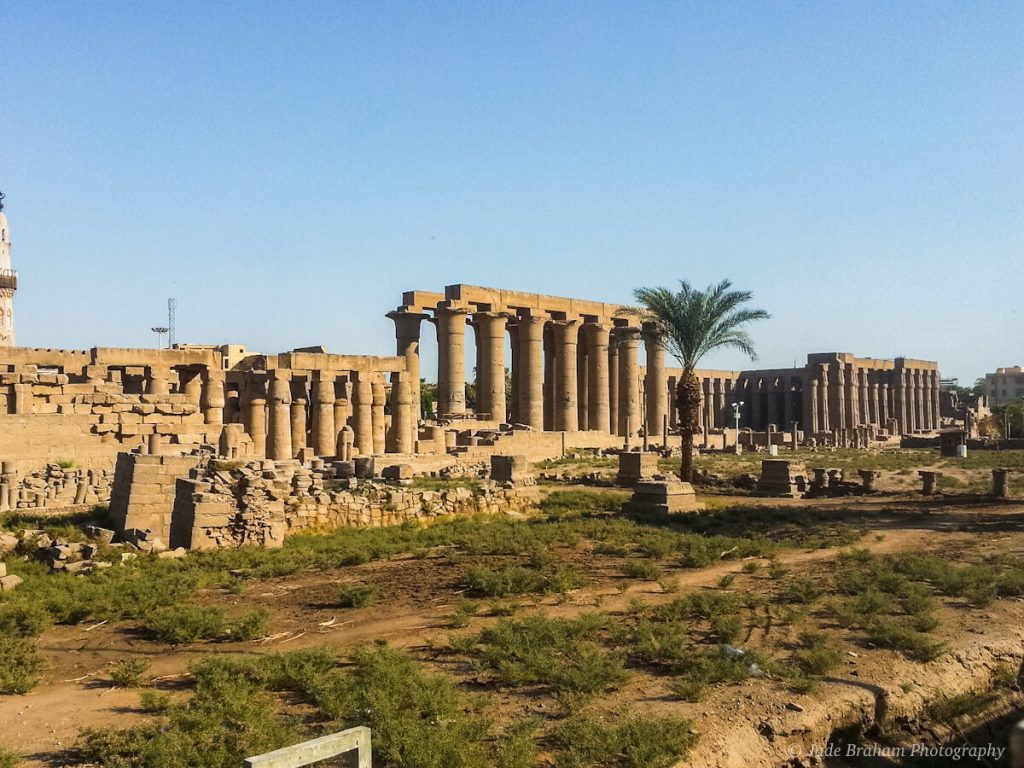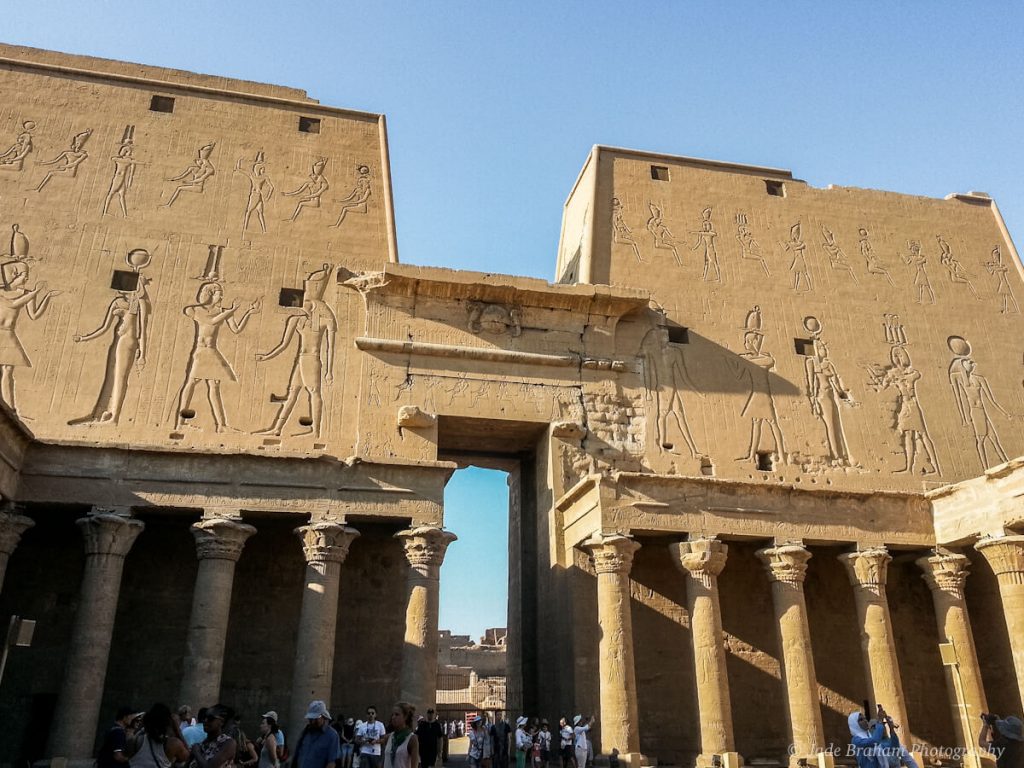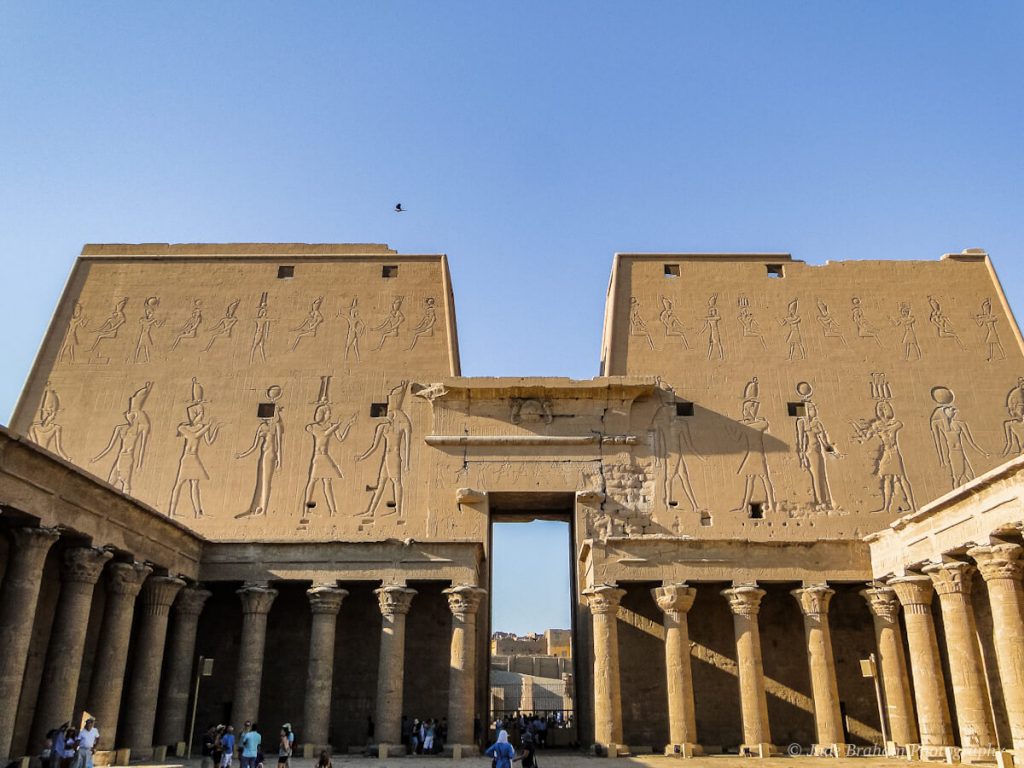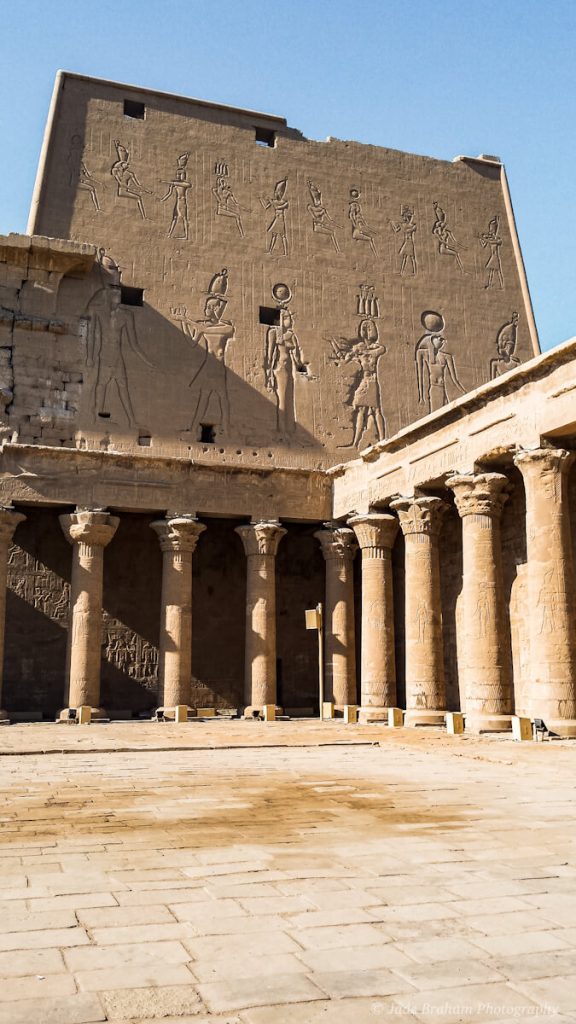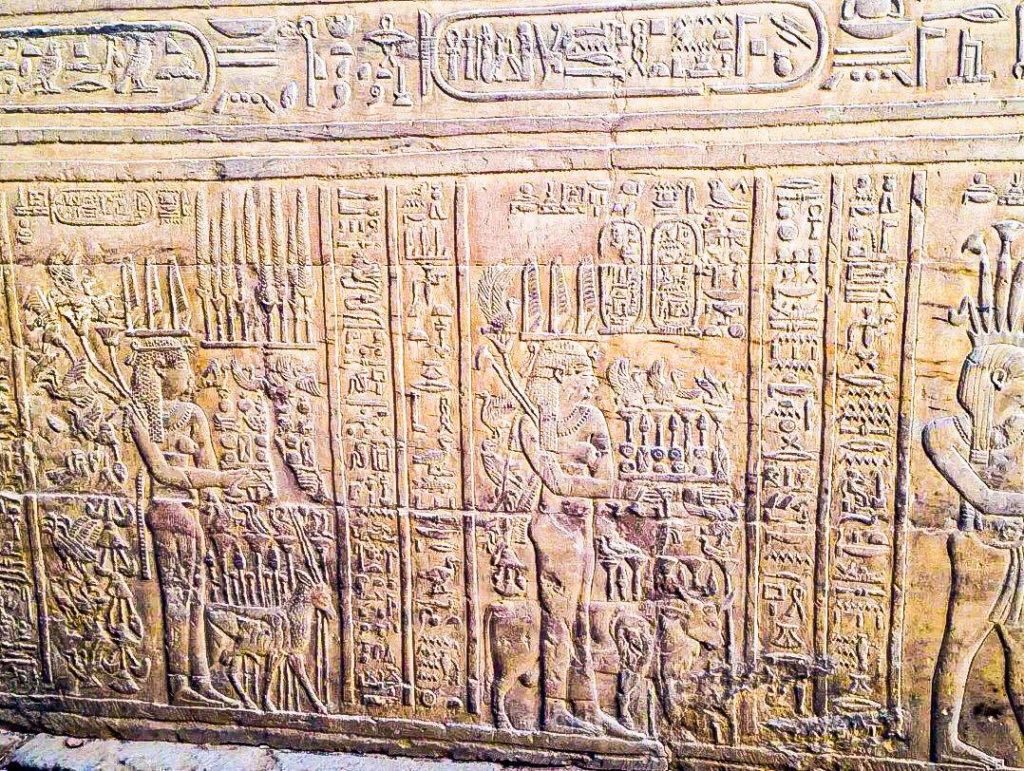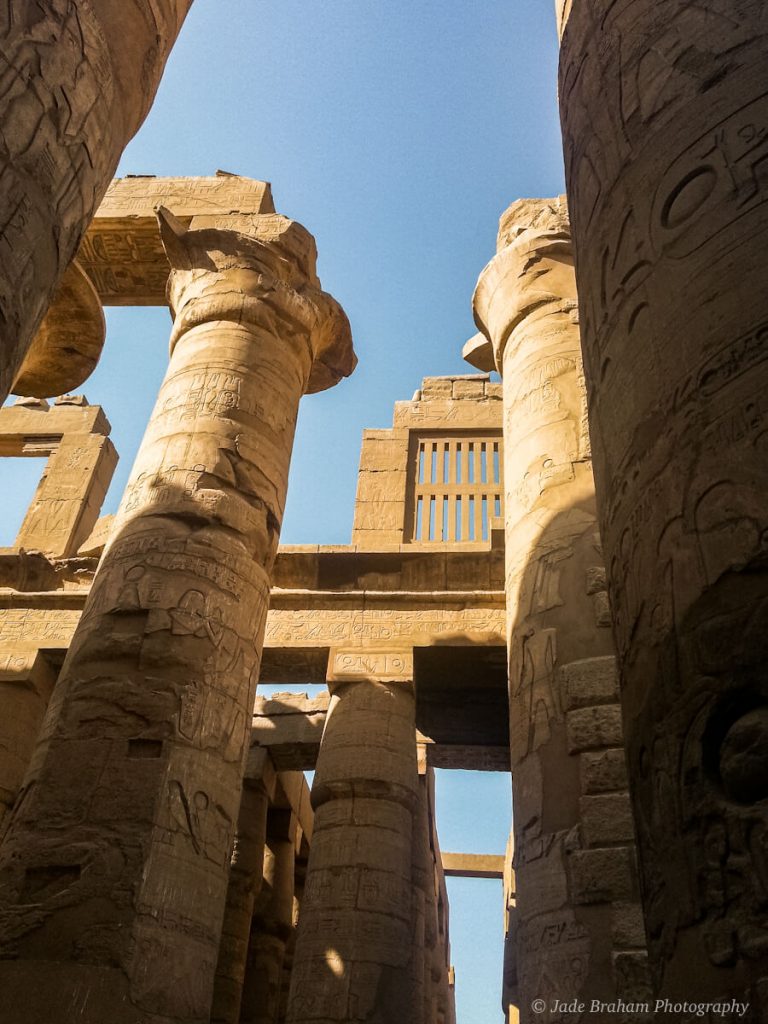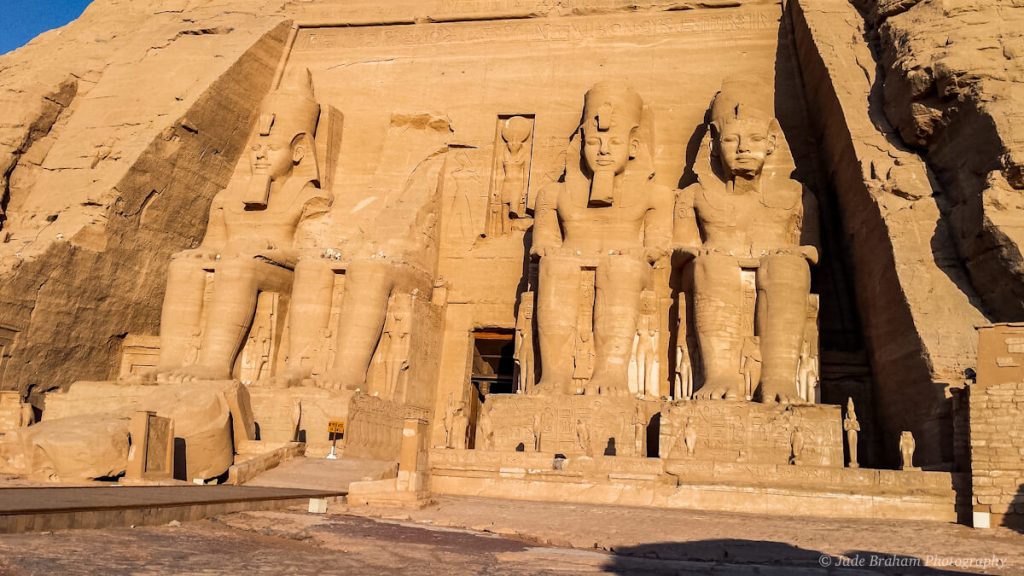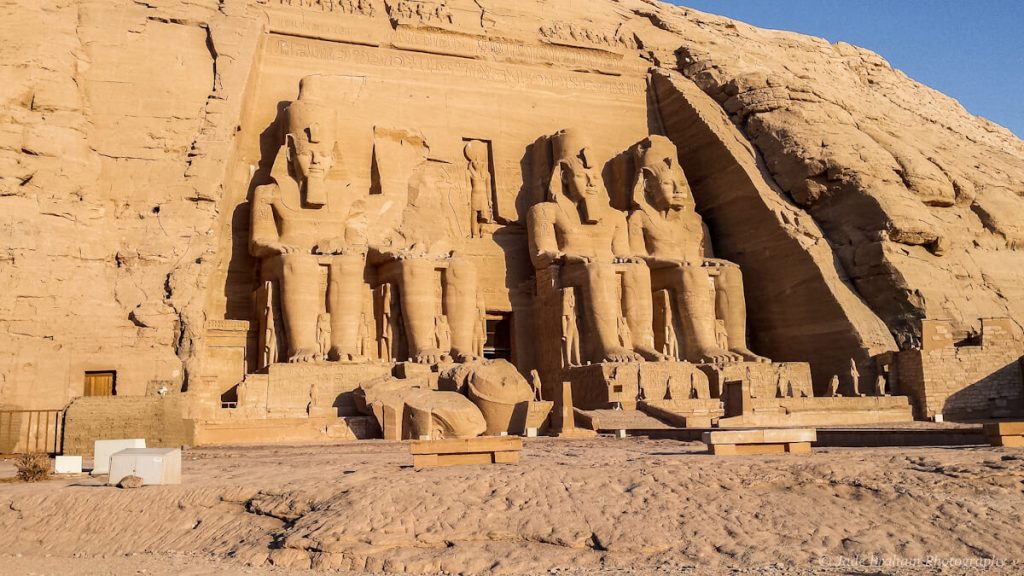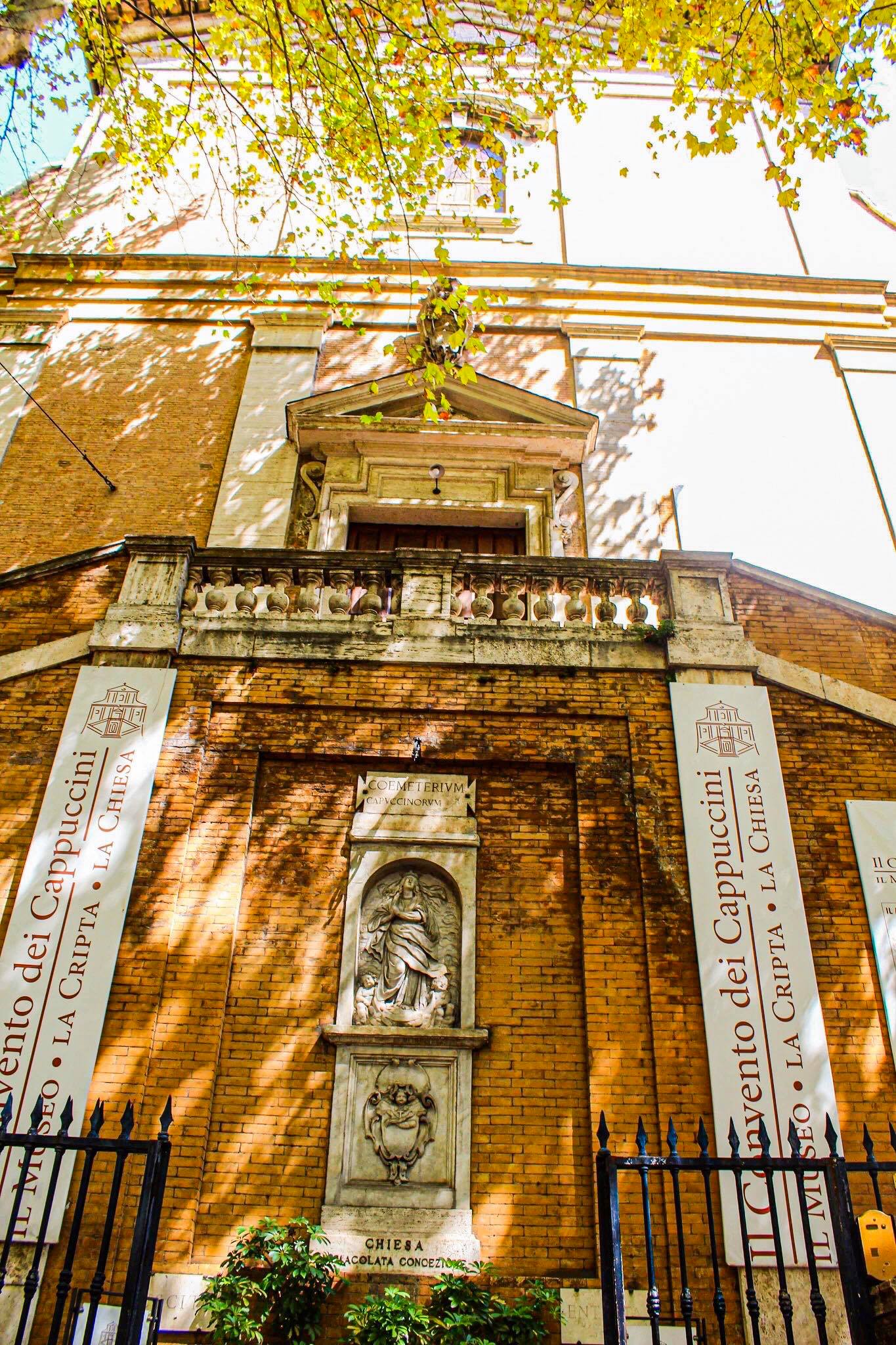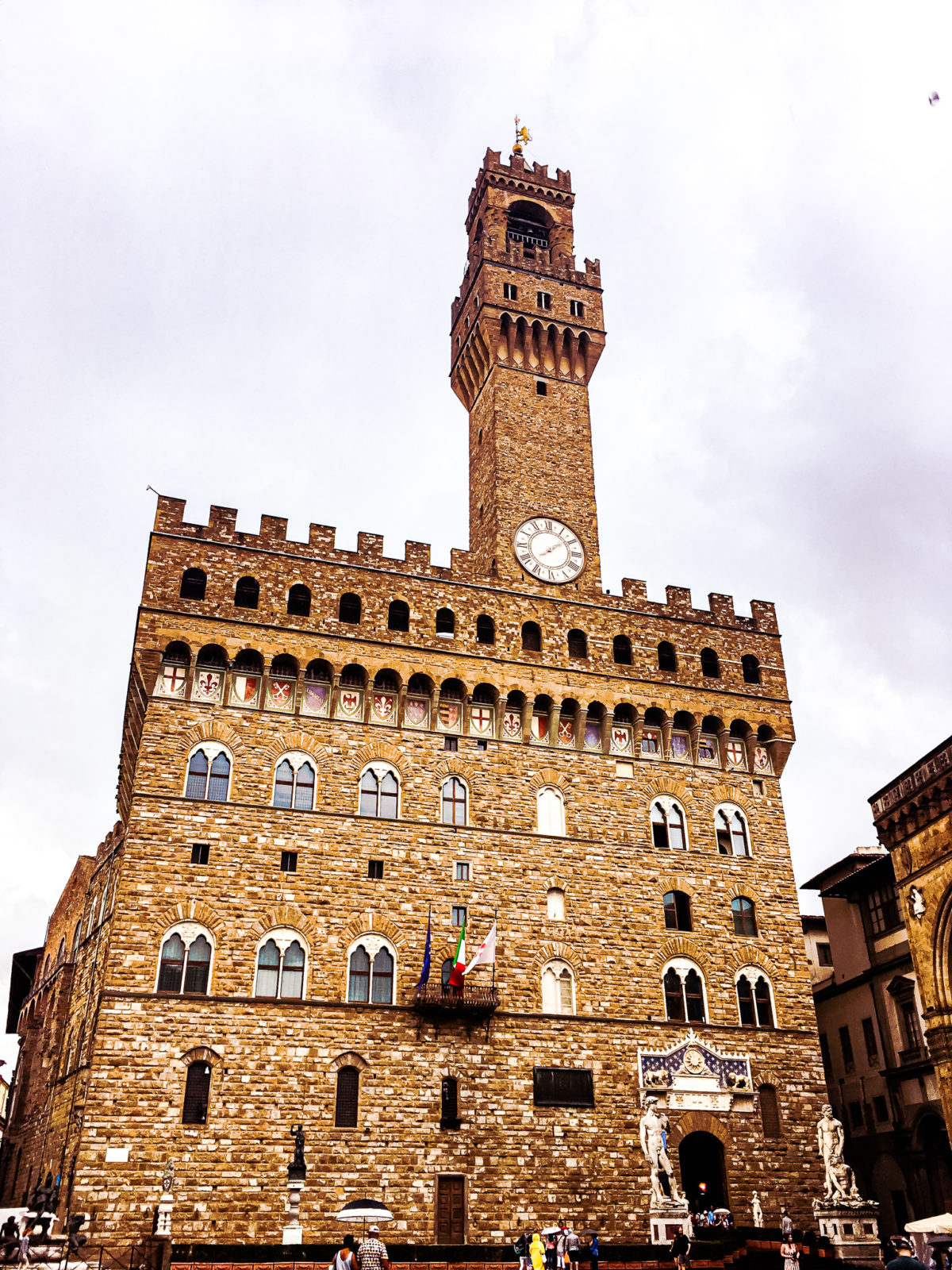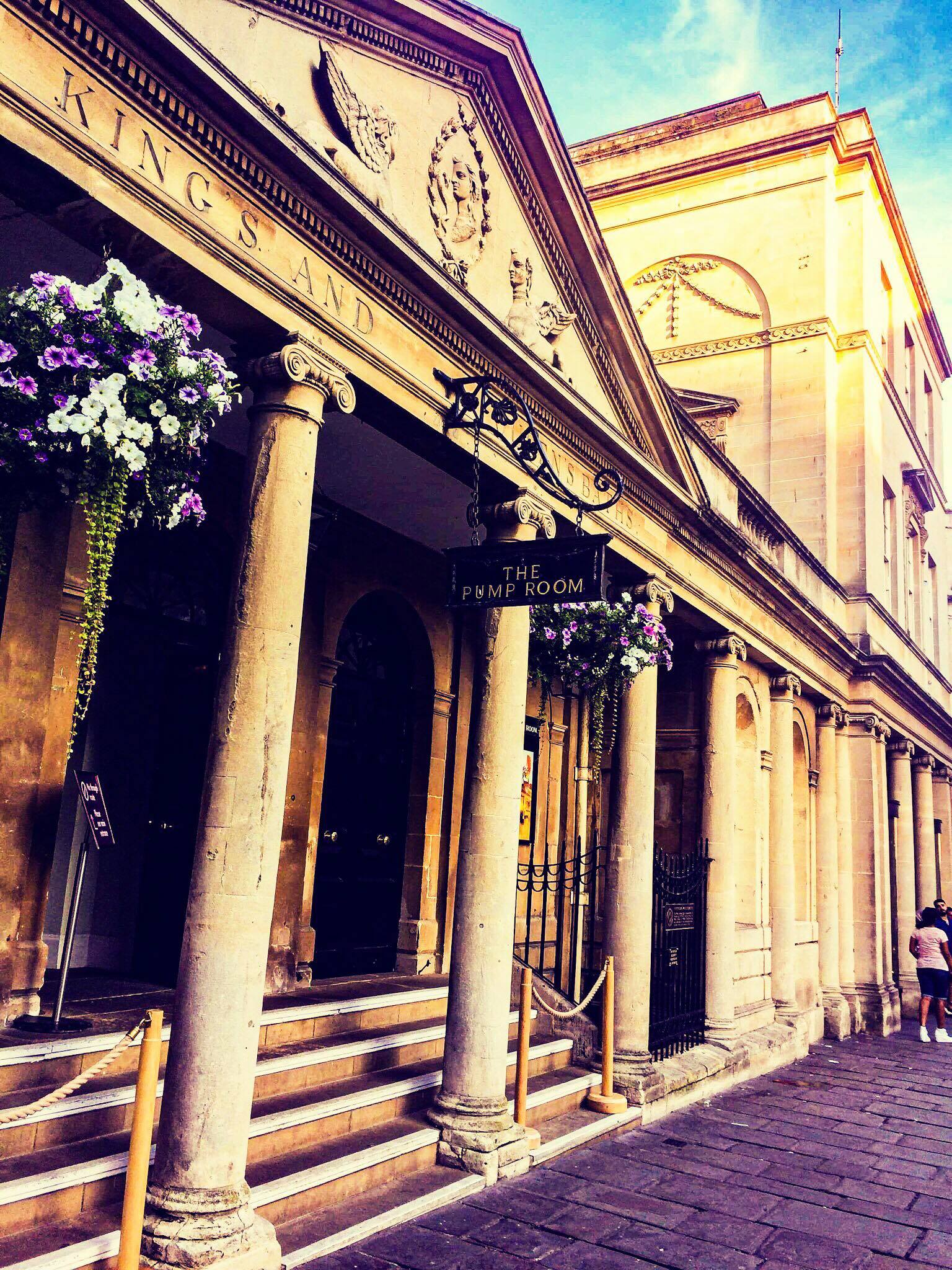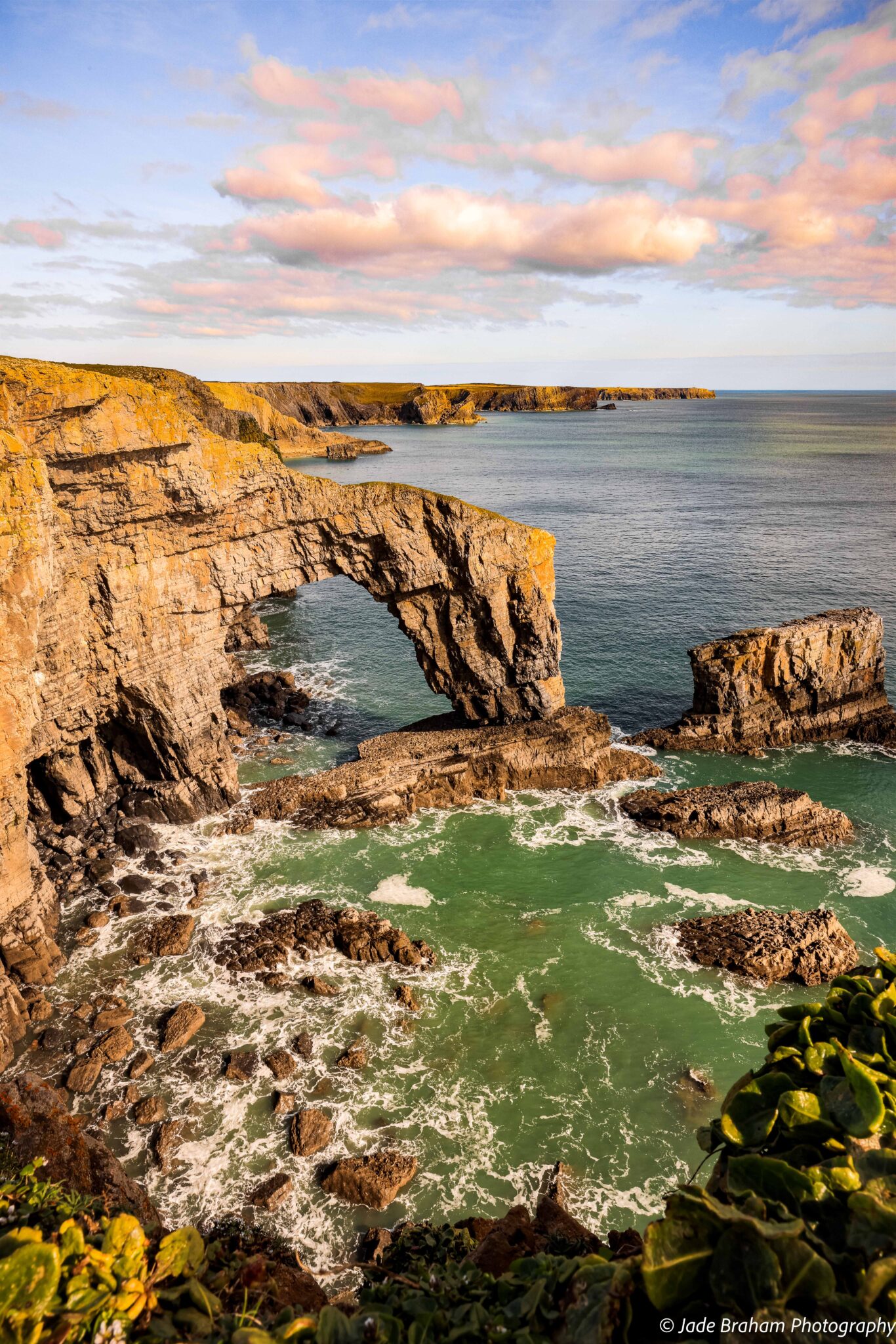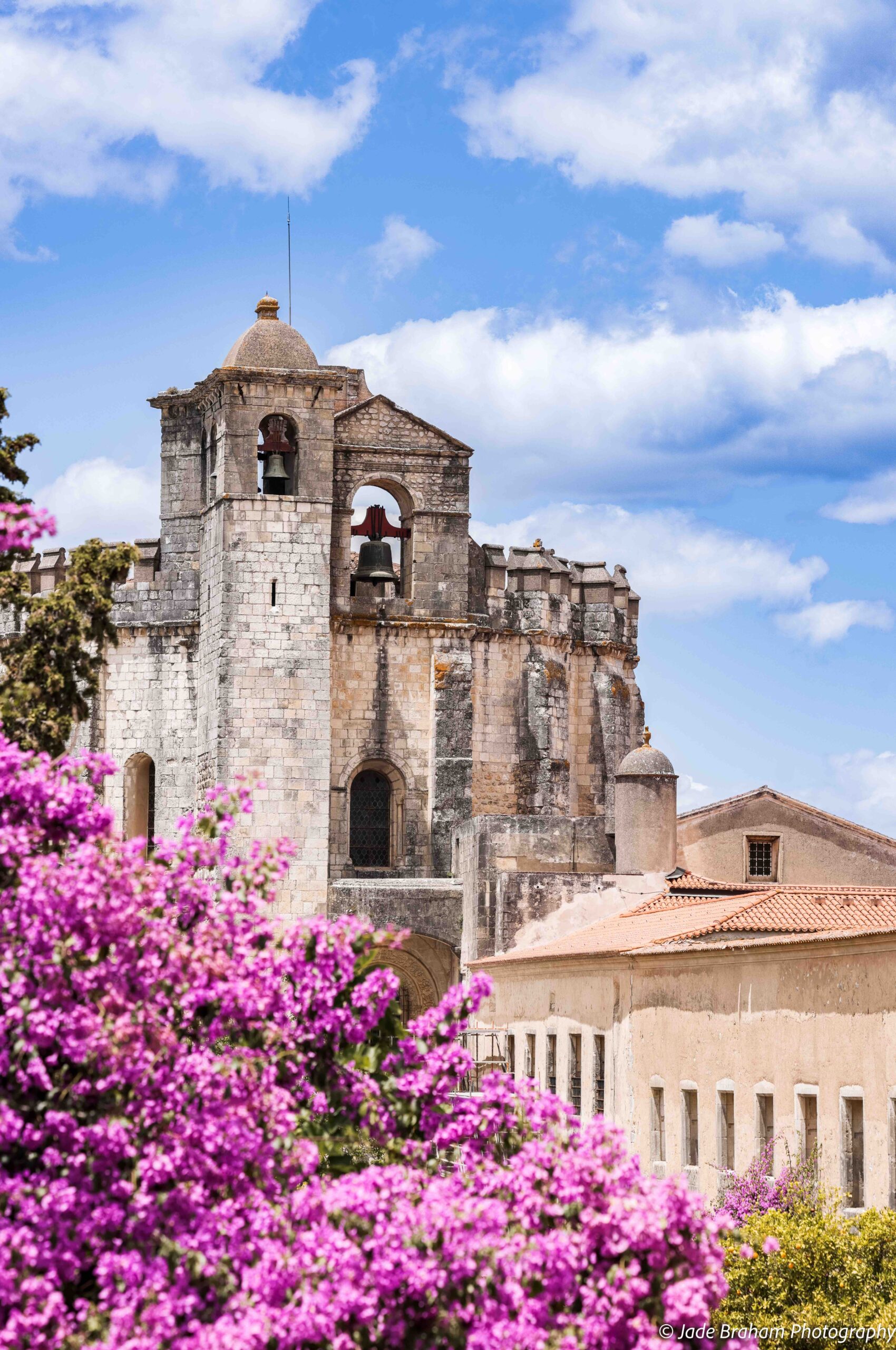10 Phenomenal Reasons to Travel to Egypt
Egypt is a landscape that has fascinated travellers for centuries. There’s a lot of reasons to travel to Egypt; from the magnificent pyramids to the fragments of temples that tell the incredulous tales of Pharaohs who conjure ideas of wealth, power and mystical gods. So if you’re looking for historical sites, places of architectural splendour, or to experience a traditional Egyptian community, continue reading this article for the top 10 things to do in the country for when you next travel to Egypt.
Where Is Egypt in Africa?
If you’re going to travel to Egypt, you should know which part of the continent you’re journeying to. Egypt is located in the northeastern part of Africa, and you can get cheap flights with EasyJest and Ryanair. In addition, there are several airports you can fly into, including Sharm El Sheikh (which is where I flew to), Cairo, Alexandria, and Luxor.
When is the best time to visit Egypt?
The best time to visit Egypt is between October and April. The weather is still warm but not stifling, meaning you’ll be able to enjoy the ancient sites without dying of heatstroke. March to May are also ideal if you want to miss the crowds.
Is it safe in Egypt?
Some parts of Egypt have a high risk of terrorist attacks. These areas are the Sinai Peninsula and the Libyan border.
I travelled to Sharm El Sheikh and then went on a cruise down the River Nile. It was relatively safe, with military personnel dotted around the major towns and historical sites. However, the truth is that there’s no guarantee Egypt will be completely safe when you’re there. But if you stick to specific destinations and have a local guide with you at all times, you should have an enjoyable and hassle-free trip!
10 REASONS TO TRAVEL TO EGYPT
1.Kom Ombo Temple
One of the first Egyptian temples you’ve got to visit when you travel to Egypt is Kom Ombo. It is one of the most unique ancient Egyptian temples as it has a double structure, meaning the temple is dedicated to two gods. These gods are Sobek, the crocodile god and Horus, the falcon-headed god. Visitors can see this from the temple’s layout, which combines two temples in one, with each side of the structure having its gateways and chapels. Sobek is associated with the wicked god, Seth, who happens to be the enemy of Horus. So, you’ve got to wonder why the ancient Egyptians chose to worship them simultaneously.
It is said that the Temple of Kom Ombo was built during the Graeco-Roman period (332BC – AD 395). However, some elements of its structure, the most derelict parts, date back to the 18th dynasty.
As you enter the temple, you’ll see the front courtyard, a hypostyle hall, three inner halls, and two sanctuaries. These sanctuaries are dedicated to Sobek and Horus. On top of this, there are seven chambers, three of them in the eastern section which were used for ritual purposes. Finally, visitors will see notice some exquisite ancient Egyptian hieroglyphs and artwork depicting the Ptolemaic kings. In this artwork, the kings are beating their enemies and presenting offerings to the gods.
2.Aswan Dam
The second reason to travel to Egypt is the Aswan High Dam, spanning over 2 miles. This dam is an engineering masterpiece as it ended the continuous cycle of flood and drought in the Nile River region.
However, it wasn’t always plain sailing. The first Aswan Dam took 11 years to construct and was only completed in 1902. Unfortunately, it wasn’t able to prevent flooding. In the 1950s, the Egyptian leader, Gamal Abdel Nasser, proposed building a new dam that was large enough to end flooding. Sadly, in 1956 Nasser’s financial backing from the United States and Britain was cancelled. This led to the well-known Suez Canal crisis. Here, Nassar nationalised the canal, hoping to use the tolls to pay for his High Dam project. In response, Israel, Britain, and France attacked Egypt in a joint military operation.
The contention caused before and during the dam’s construction continued long after it was completed. The formation of Lake Nasser required the resettlement of 90,000 Egyptian peasants and Sudanese Nubian nomads. Even more devastating, they forced Abu Simbel Temple to relocate. But the new dam did end the flooding!
Perhaps the dam is not as awe-inspiring as other Egyptian sites, but its history is just as rich and potentially more relevant. Moreover, it’s a genuinely thought-provoking place, one that everyone should visit during their holidays in Egypt!
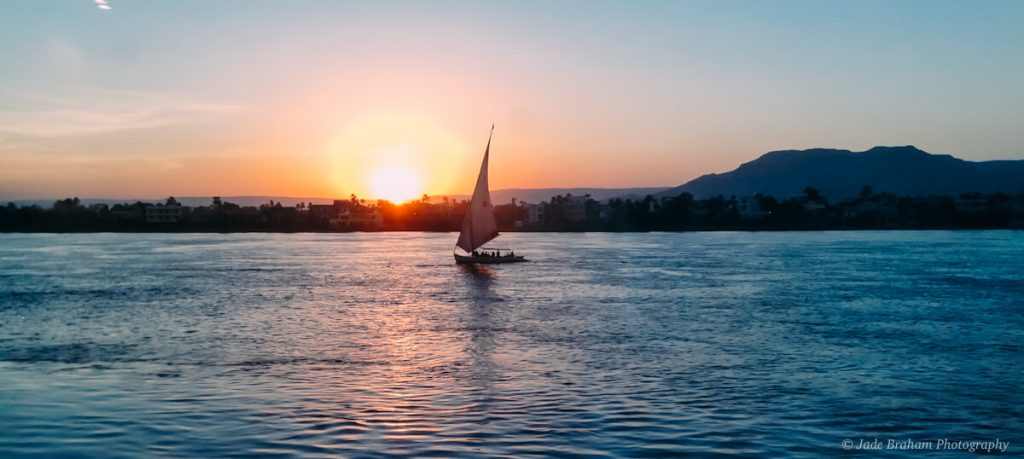
3.Hatshepsut Temple
We all love a strong, formidable woman, and Queen Hatshepsut is no exception. She is only the second confirmed pharaoh of ancient Egypt which was unusual considering the pharaohs were usually male! Despite this, Hatshepsut was the longest-reigning female pharaoh in Egypt, and she built some ambitious buildings. Her most significant achievement was at Deir el-Bahri which is where her memorial temple can be found. It is known as Hatshepsut Temple.
Located on the west bank of the River Nile, Hatshepsut Temple faces the city of Luxor and marks the entrance to the Valley of the Kings. This is significant because it indicates how the temple was at the heart of the ancient capital of Thebes.
The Temple took 15 years to complete, and following Hatshepsut’s style, many statues of herself were erected at the site, which can be seen on the third level. The temple comprises three levels, and leading up to the second and third is a 100-foot causeway. This causeway is believed to have been lined with sphinxes during ancient Egyptian times. The second level contains the first-ever documented record of Hatshepsut’s trading expeditions to the land of Punt.
You will also find a shrine to the goddess Hathor who is depicted with a woman’s face, cow’s ears and holding a musical instrument. Additionally, a unique chapel is dedicated to the Theban Necropolis Anubis, the god of mummification and the afterlife. The temple has some of the best depictions of ancient art in Egypt. This narrates the birth of Queen Hatshepsut and validates her rule over Egypt as she claimed to be the divine daughter of Amon Ra.
With all this on offer, a tour of the Mortuary Temple of Hatshepsut should be on your list of things to do when you travel to Egypt!
4.Nubian Village
One of the most extraordinary things to do in Egypt is to visit a traditional Egyptian village. I visited a Nubian Village situated along the Nile River.
Colours of honey yellow and Maya blue houses saturate the scene, surrendering only when the vermilion, sandy mountains rise and dominate the backdrop. With a distinct feeling of a remote and community-oriented village, it is easy to see how the Nubian Village has retained the essence and appearance of an ancient traditional housing complex, architecture and lifestyle.
While at the Nubian Village, travellers can participate in the ancient traditions of henna hand-paintings, drinking tea and connecting with village locals while avoiding the ferocious bites of the common crocodile pet. You’ll also get to tour a traditional home where you’ll see the ancient tradition of hanging valuable belongings.
5.Colossi of Memnon
One of the things you should do when you travel to Egypt is visit the Colossi of Memnon! Situated west of the modern city of Luxor and facing east toward the River Nile, these imposing sandstones stand at 60 ft high and weigh 720 tons each. They represent Amenhotep III of the 18th Dynasty of Egypt in all his glory. Here, the king is depicted as sitting on a throne engraved with imagery of his wife and mother. Both his wife and mother symbolise rebirth.
The engravings, as previously mentioned, had more than just a decorative purpose. It was a form of art, and like art today, its purpose was to instruct and warn. The symbolic engravings of the god Hapi are believed to allow the king to inhabit these statues. The Egyptians also constructed these statues to act as guardians of Amenhotep III’s mortuary complex that once stood behind them.
6.Valley of the Kings
The Valley of the Kings is a long narrow defile on the River Nile’s west bank. It was once part of the ancient city of Thebes and acted as a burial site for Pharaohs between the 18th-20th dynasties. This is somewhere you should visit when you travel to Egypt because, to date, there have been 62 tombs found. Since 1979, they have been a part of the World Heritage Site of ancient Thebes.
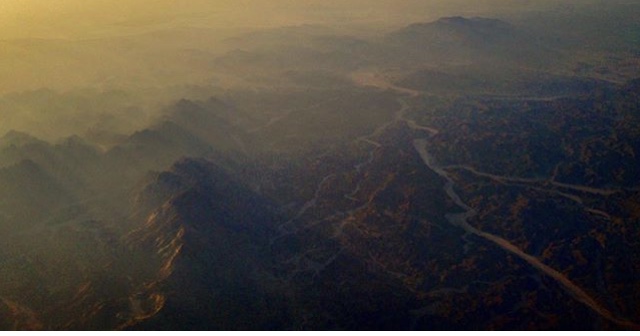
Each tomb comprises a descending corridor that has deep shafts and chambers. At the farthest end of the corridor is the burial chamber, featuring a stone sarcophagus in which the Egyptians laid the mummies. The decorative hieroglyphics and objects found in the tombs give a glimpse of the Pharaohs’ lives, beliefs, experiences and characteristics, which is extraordinary to witness.
Sadly, travellers aren’t allowed to take pictures whilst at the Valley of the Kings. All cameras must be left at the entrance. During the summer, the Valley of the Kings can get busy, and as a result, the order in which the tombs are visited varies according to the waiting time. So, if you’re going to see the Valley of the Kings on your next holiday in Egypt, make sure to plan ahead!
7.Karnak Temple
Karnak is an ancient Egyptian temple complex located on the east bank of the Nile River in Thebes and was built over 2,000 years ago. It also has architectural structures dating back 4,000 years, making Karnak Temple one of the oldest temples in Egypt. Despite being derelict, Karnak Temple is the largest religious building ever to be constructed, covering 100-200 hectares. Within this, the central sector of the site is 61 acres and is occupied with sacred temples dedicated to Amun-Ra.
In addition, there is a series of 10 pylons that function as a gateway connected through a network of walls. The Hypostyle Hall is the most striking example of this, comprising 54,000 square feet and featuring 134 columns.
8.Luxor Temple
On your holidays in Egypt, make sure to visit Luxor Temple! It is an ancient Egyptian temple dating from around 1392 BC and is situated close to the Nile, paralleling the riverbank. Being at the heart of Luxor makes Luxor Temple a site easily seen even when it is not open to visitors.
Luxor was first built to celebrate Egypt’s Opet Festival by Amenhotep III (1390-52 BC) but was completed by Tutankhamen (1336-27 BC) and Horemheb (1323-1295 BC), and then later added to by Ramses II (1279-131 BC). Despite Amenhotep III initially constructing the temple, many carvings and statues have been repurposed by Ramses to feature and praise himself.
Unlike Karnak Temple, Luxor is not dedicated to a cult god or a deified version of the king in death. Instead, Luxor is dedicated to the rejuvenation of kingship, making it one of the best places to visit in Egypt. It is believed that this temple is where many of the Kings of Egypt were crowned and where Alexander the Great conceptually crowned himself. You can see this in the temple’s sanctuary and chapel as there is a granite shrine dedicated to Alexander the Great.
9.Edfu Temple
The Temple of Horus, otherwise known as Edfu temple, is one of Egypt’s most architecturally impressive temples. It is at this temple where you’ll experience the sheer scale and ambition of the Egyptian temple builders. It is also the best-preserved ancient temple in Egypt as it was covered by sand for centuries.
With its roof intact, the temple provides us with an idea of what the original Egyptian temples would have looked like. In addition, the essence and energy of the Egyptians and what was important to them has been kept alive. It’s wonderfully atmospheric and an exhilarating temple to visit.
Once you walk through the entrance, you’ll be introduced to a fantastic courtyard with columns featuring floral capitals on three sides. According to historians, this court was open to the public and was known as the court of offerings.
The Egyptians designed this temple as a place of worship to the falcon-headed sky god, Horus. The Egyptians believed Horus had the eyes of the sun and the moon, and that he was assimilated into the myth of Isis and Osiris as their avenging son. The temple’s decorations detail this story. It also shows historic battles, including one where King Ptolemy VIII defeats his enemies before Horus, embodying strength, bravery and power.
10.Abu Simbel
Abu Simbel must be on your list of places to visit when you travel to Egypt, and you should go early morning to miss the crowds. This will also allow you to see how the sunrise magnifies the temple’s magnificence beyond imagination. The sun is often associated with the divine or with kings equating themselves with the power of the cosmos. Knowing this, the sunrise over Abu Simbel evokes the essence of King Ramses II’s power. Added to the early morning silence, the four colossal statues of Ramses foreground his unequivocal importance.
The seated figures of Ramses are 66 feet tall, and there are smaller carved figures around his feet. These represent his children, his queen Nefertari, and his mother Muttuy. The other smaller figures are his conquered enemies.
Inside Abu Simbel, there are depictions of Ramses II’s victory at the Battle of Kadesh. This is a significant battle in Egypt’s history between the Egyptians and the Hittites, led by Muwatallis from Syria.
To the north of the main temple is a smaller temple dedicated to Nefertari. The Egyptians constructed the temple to worship Hathor, the goddess of the sky, of women, and fertility and love. They adorned this temple with 35 feet statues of King Ramses and his queen Nefertari. It’s fascinating to see that the Egyptians present the queen as the same size as the king.
Are you planning to travel to Egypt and visit my suggestions? Are there any other places you’d recommend visiting? I’d love to know in the comments below.

